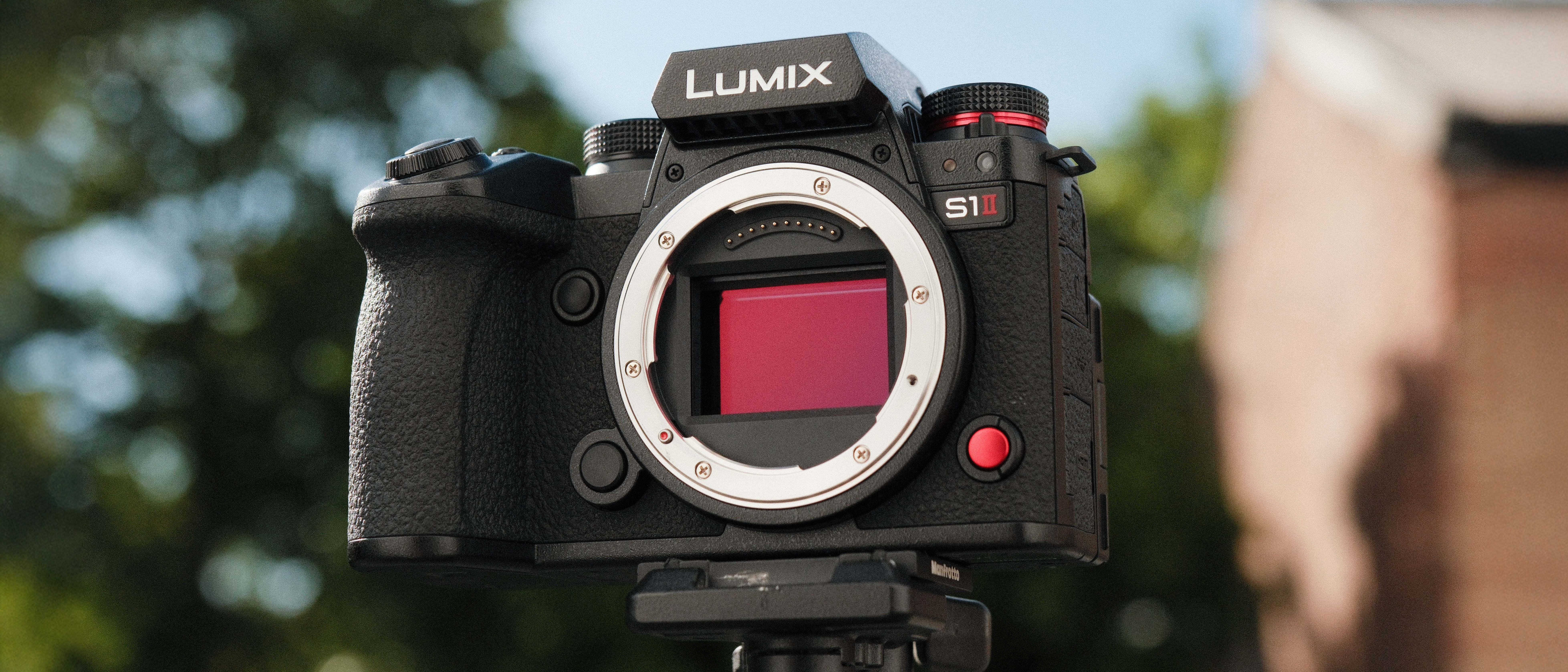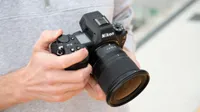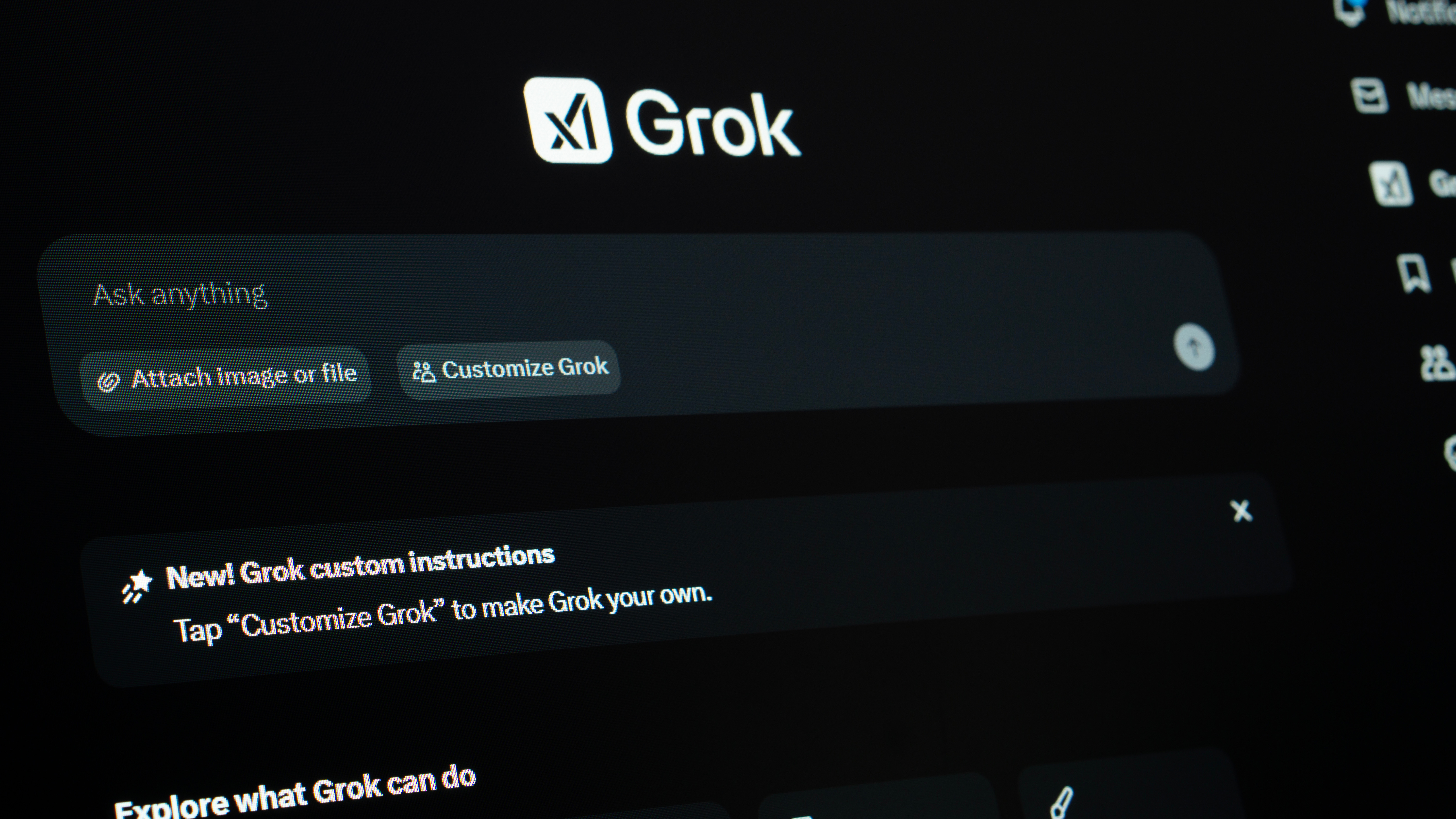Digital Camera World Verdict
Panasonic’s Lumix S1 II is the company’s most convincing hybrid yet, built for shooters who prize speed. It's half-stacked 24 MP sensor fires 70 fps bursts and near-instant readout, virtually killing rolling shutter. Images are crisp, stabilised, and color-accurate, and the revamped phase-detect AF is dependable, although rivals edge it with erratic subjects. Videographers get uncropped 6K/30p open-gate and 4K/120p, plus unlimited record time, making this another compelling Lumix video camera. The catch is price, at $3,199 it tops Nikon’s Z6 III and the EOS R6 II, so buy it only if you plan to fully exploit every spec.
Pros
- +
Blistering 70fps burst speed
- +
6K open gate (3:2) video
- +
Class-leading IBIS
Cons
- -
Pricey compared to rivals
Why you can trust Digital Camera World
The original Lumix S1 launched back in 2019 as Panasonic’s do-it-all full-frame mirrorless, alongside its more specialized siblings, the high-resolution S1R and later the video-centric S1H. Fast-forward to 2025, and Panasonic is revitalizing its flagship S1 line, with the arrival of its second-generation Lumix S1R II in February, and now – the Lumix S1 II.
At first glance, the Lumix S1 II looks almost identical to its 47MP S1R II brother – and indeed it shares the same durable magnesium alloy body, deep grip, and control layout. However, under the hood, it’s a different beast tailored for speed. With headline specs including a newly developed 24.1 MP full-frame partially stacked BSI CMOS sensor enabling blackout-free 70 fps bursts, 779-point Phase Hybrid AF with AI subject detection, 5.1K/6K video up to 60p, and 8-stop in-body stabilization.
Panasonic’s camera strategy is all about hybrid performance. The Lumix S5 II and Lumix S5 IIX showed the benefits of combining strong stills and video capabilities in affordable bodies. Now, the Lumix S1 II arrives as a flagship hybrid that attempts to merge the best of the S1, S1R, and S1H into one top-end camera – while still allowing those cameras to shine on their own merits.
But with so many cameras in Panasonic’s lineup overlapping on the big Lumix Venn diagram – is the S1 II still the best of the best, or is it just one Lumix too many?
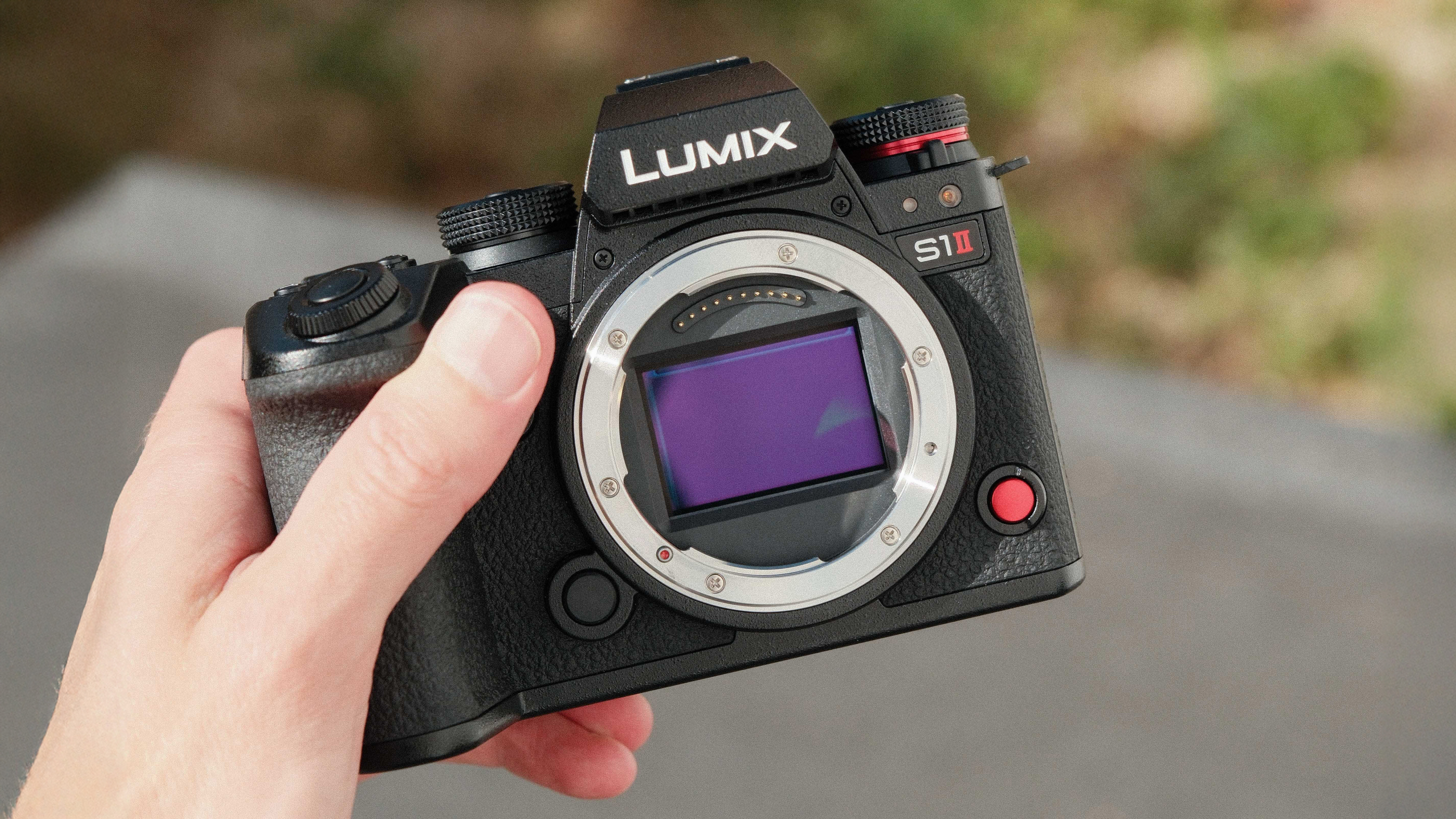
Lumix S1 II: Specifications
Sensor | 24.1MP full-frame partially-stacked BSI CMOS sensor |
Lens mount | L-Mount |
Processor | Venus Engine |
ISO | 100 – 51,200 (expandable 50 – 204,800) |
IBIS | 5-axis, up to 8-stops |
Autofocus | 779-pt Phase Hybrid with subject detection (people, eyes, animals, vehicles) |
Continuous shooting | 70 fps (ES), 10 fps (MS), 1.5 s pre-burst |
High-Res mode | 96MP JPEG/RAW |
Video | 6K 30p 3:2 open-gate, 5.1K 60p 17:9 / 4:3, DCI/UHD 4K 120p; 10-bit 4:2:2 internal, ProRes RAW/Blackmagic RAW via HDMI |
EVF | 5.76 M-dot OLED, 0.78x, 60/120Hz |
LCD | 3.0″ 1.84 M-dot articulating touchscreen |
Storage | 1x CFexpress Type-B / 1x UHS-II SD |
Battery | DMW-BLJ31, 370 shots (CIPA) |
Dimensions | 134 x 102 x 92 mm / 5.3 x 4.0 x 3.6 in |
Weight | 800 g / 1.76 lb (incl. battery & card) |
Lumix S1 II: Price
At $3,199 / £2,899 / AU$5,299 body-only, the Lumix S1 II commands a clear premium over its most obvious rivals – a shock, when Lumix is usually known for its competitive pricing offering some of the best value around.
Nikon’s Z6 III lands at about $2,100, and also features a half-stacked sensor with blistering speeds, although it can't quite match the S1 II's video, it is still a very capable hybrid camera. Also, the non-stacked-sensor, but still very good, Canon EOS R6 II and Sony a7 IV hover at $2,199, both delivering solid hybrid credentials for far less outlay.
Panasonic is asking you to pay quite a lot more for the luxuries of a partially stacked sensor and the uncropped 6K open gate video with no overheating limits. If you’ll exploit those headline speeds and video tools every day, then this works; if not, the S1 II feels a bit overpriced when the Nikon, Canon, and Sony all deliver nearly all of the performance for noticeably less money.
The best camera deals, reviews, product advice, and unmissable photography news, direct to your inbox!
Lumix S1 II: Design & Handling
The Lumix S1 II is another pro-caliber body. It inherits the design language of the S1R II, which itself has slimmed down significantly from the original S1. Panasonic managed to make the body only marginally larger than the smaller Lumix S5 IIX, which is quite an achievement. Weighing in at around 798g (with card and battery), the S1 II is about 20% lighter than its predecessor, yet it still feels solid as a brick. Looks-wise, I don’t think Lumix cameras look sexy, but the S1 II does look like it can do business.
I found the grip deep and comfortable, and it offered a secure hold even with larger full-frame zoom lenses like the Lumix S 24-105mm f/4 I used for testing. I spent some long days shooting handheld with this combo, and found the combined weight substantial, but it's well-distributed and not fatiguing, saving some wrist strain. I found the grip and balance really came into their own with handheld stability in video.
The control layout will be immediately familiar to any Lumix shooter as it's one that is shared throughout most of the range. I don’t usually shoot Lumix, but it didn’t take long for me to feel at home. Panasonic S-line cameras usually have extensive physical controls, and the S1 II continues that tradition – almost every function has a dedicated button or switch. There are front and rear command dials, an 8-way AF joystick, and AF-ON and AE-L buttons under your thumb, as well as buttons up top for quickly accessing white balance, ISO, and exposure compensation.
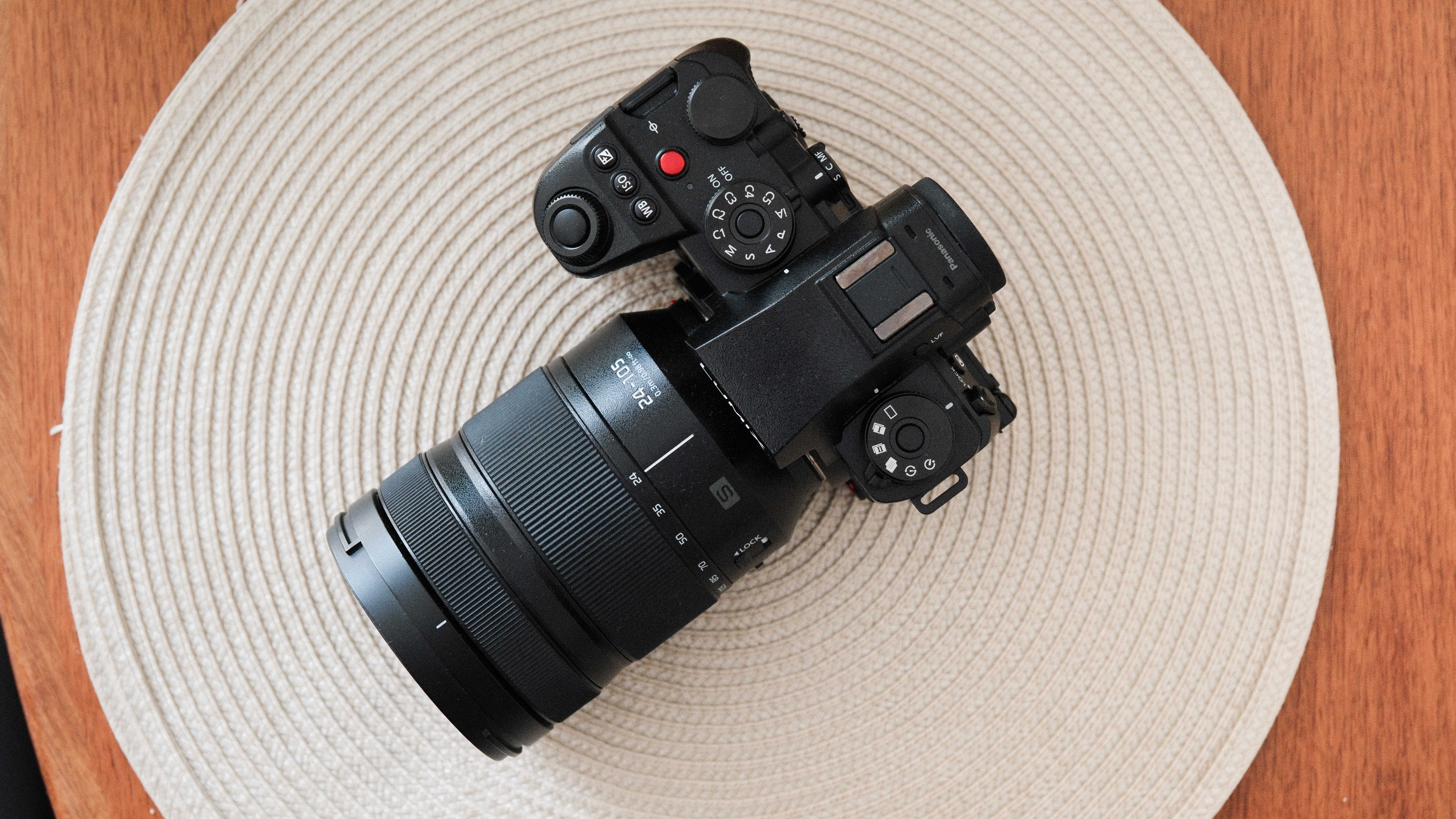
All the buttons and dials feel high quality, and they are also weather-sealed alongside the rest of the camera, giving extra confidence when shooting outdoors. There are also lots of other little touches I appreciate, like the locking mode dials alongside the customizable lock switch, which you can program to lock specific controls of your choosing.
The S1 II is an extremely deep camera in terms of customization – practically every button can be remapped, and there are dozens of options for video resolutions, autofocus, and other settings. Despite all the settings, Panasonic’s menus and interface remain pretty logically organized, and I find the UI is one of the slickest. That said, even as an experienced user, I’ll admit it can be overwhelming.
One big pro is that the photo/video menus are entirely separate, with the camera remembering a whole set of unique settings for each mode, so thankfully, you don’t have to dive into menus when switching from capturing photos to recording footage.
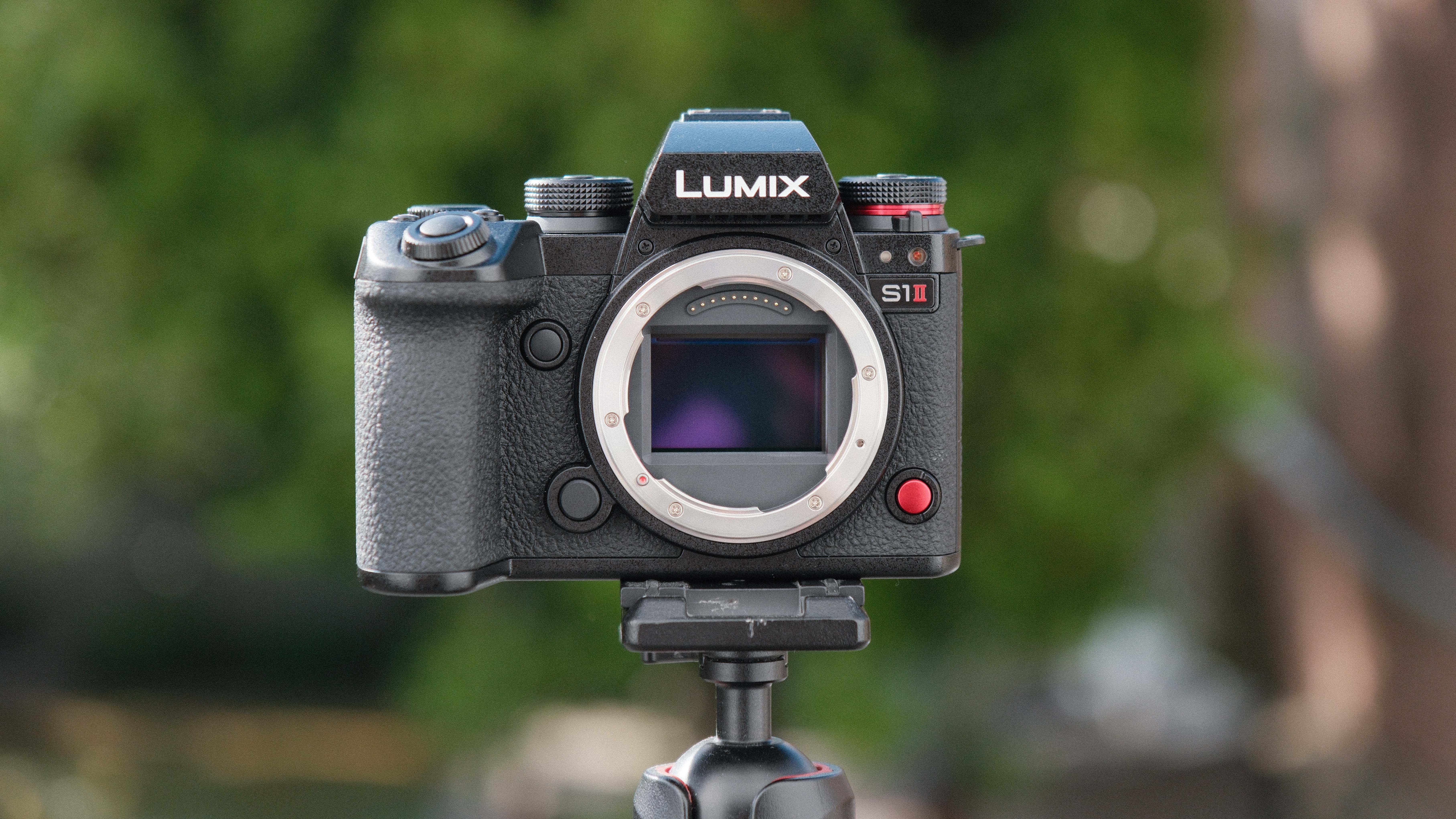
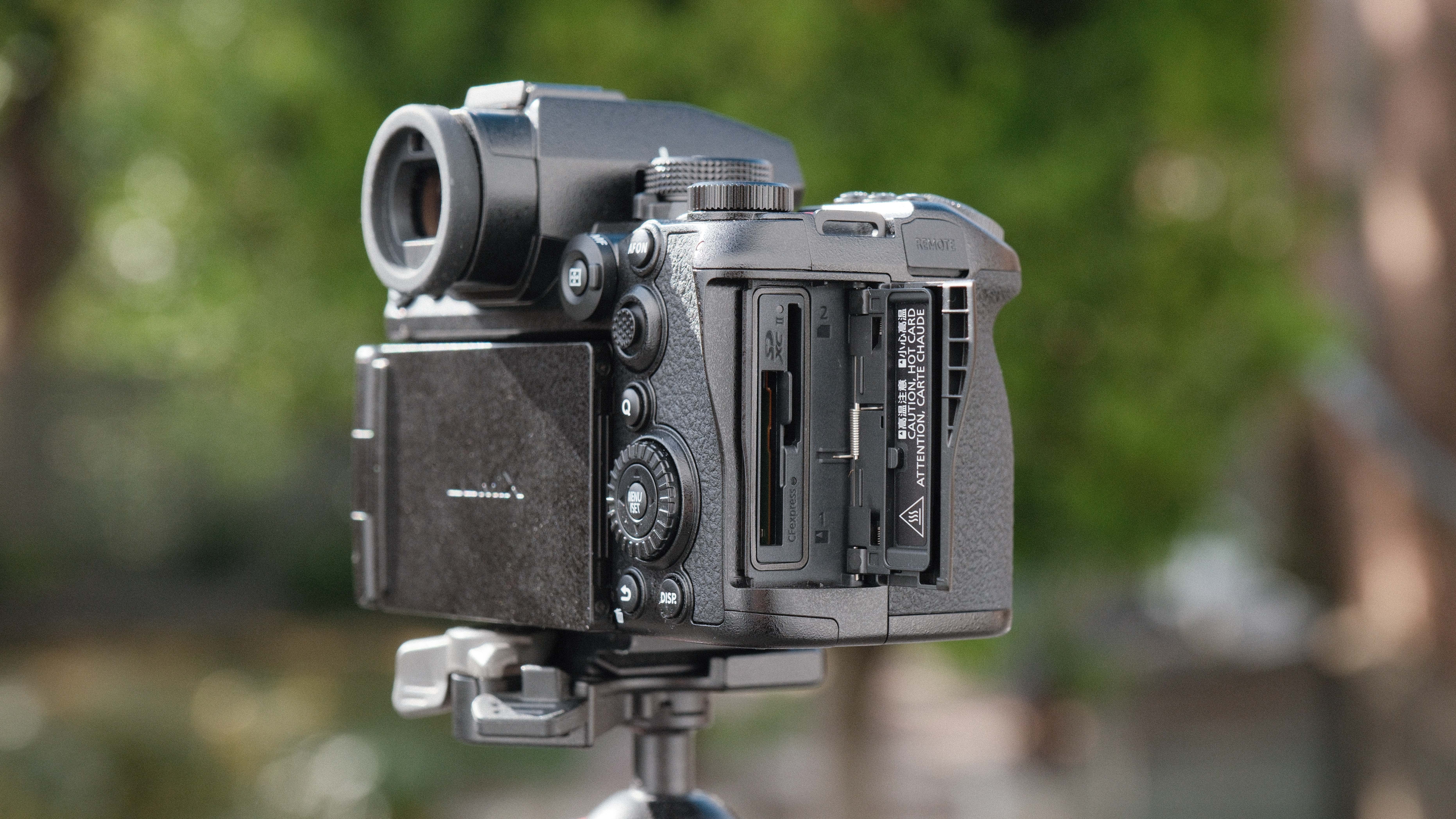
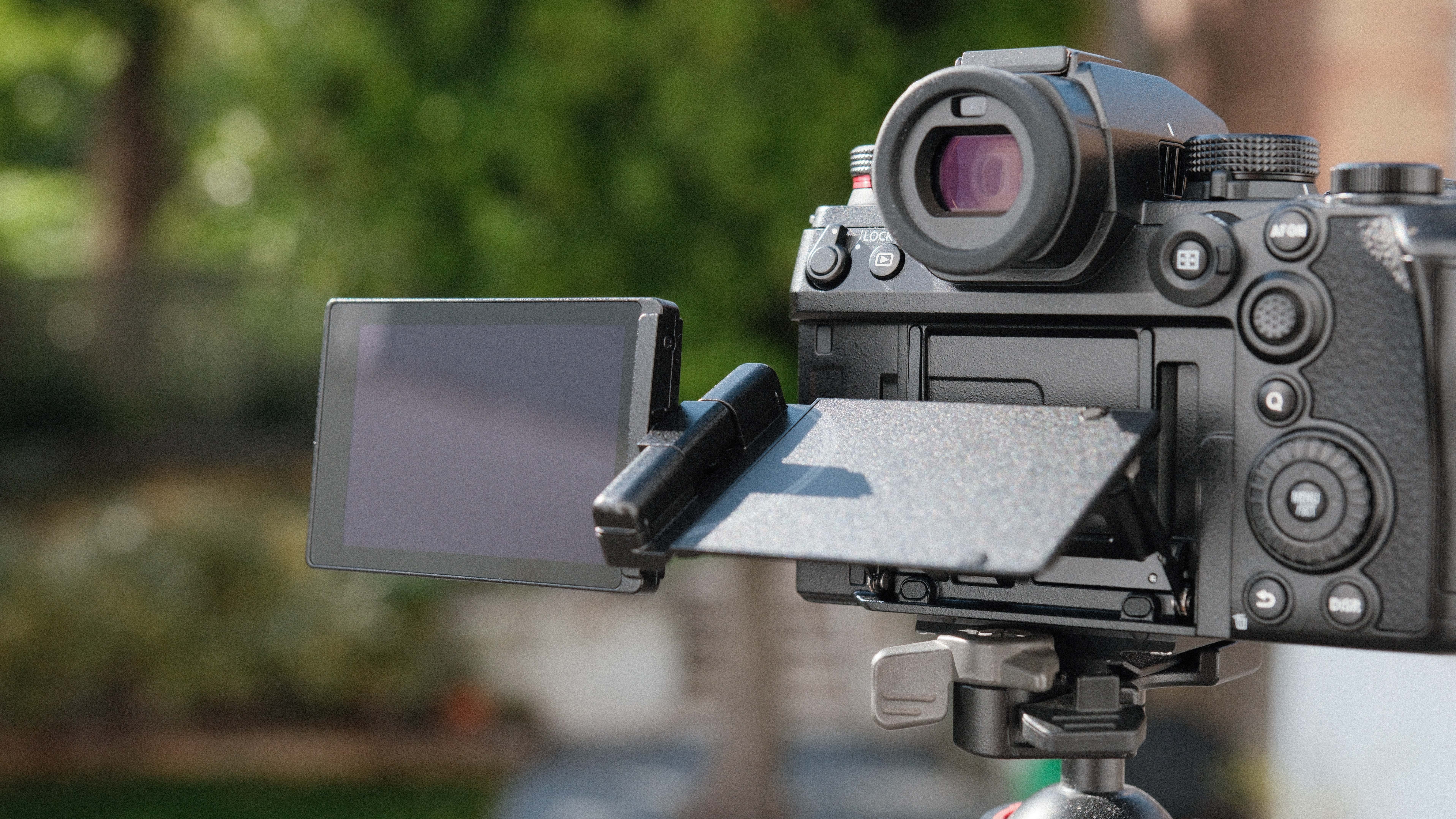
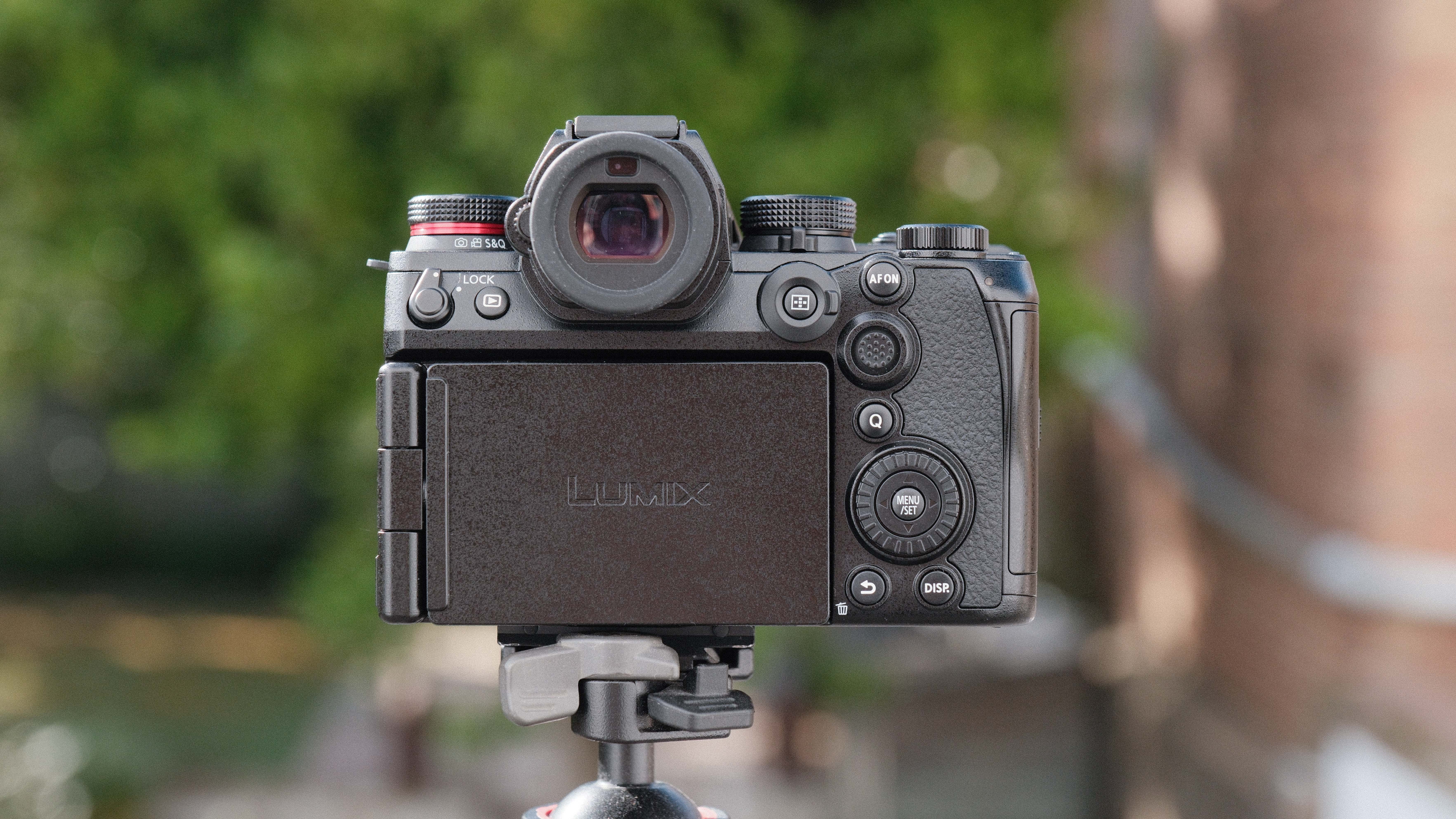
The 5.76m-dot EVF is large and tack-sharp, with no blackout even during bursts, while the rear LCD with its tilt-and-articulate mechanism gives a huge range of angles for videographers. I could quickly tilt it up for waist-level stills, or flip it out to the side for video and vlogging. The slight downside is that the 3” screen is a bit smaller than some rivals (which often use 3.2”), but it’s bright and usable outdoors.
The S1 II also has all the ports and connectivity for pros. The full-size HDMI port is robust for external monitors/recorders. The USB-C supports both charging and direct tethering/streaming, as well as direct to SSD recording, or you can use the dual card slots – with 1 UHS-II SD and one CFexpress for faster writing. The camera’s built-in Wi-Fi also makes wireless transfer and remote control pretty seamless via the Lumix app.
Lumix S1 II: Photo Performance
The big story with the Lumix S1 II’s performance is speed – both in autofocus and burst shooting – and it largely delivers on that promise. Having shot with pre-S5II Lumix cameras (which relied on contrast-based DFD autofocus), the S1 II’s Phase Hybrid AF is night-and-day better. Autofocus is now fast, confident, and finally competitive with other brands.
In everyday shooting – portraits, street, travel – the S1 II locks focus almost instantly. Face and eye detection work very well; during a portrait session, the camera reliably identified my subjects’ eyes and held focus, even in backlit conditions. In AF-C continuous mode, I tracked moving people and cars with a high keeper rate. Low-light AF is also excellent; the S1 II focused in a dimly lit room where some of my older cameras struggle.
For fast action though (e.g. sports and wildlife), the S1 II is good but not class-leading. I took the camera to a skate park to push its AF tracking with erratically moving subjects. Panasonic has introduced a new “Urban Sports” AF mode designed for subjects like breakdancers, skateboarders, and parkour athletes. Using this mode, the S1 II did a decent job detecting the skaters and predicting their movement, but it wasn’t flawless. My hit rate was acceptable, but it is just not quite as sticky as the phenomenal autofocus in the Sony A9 III or Canon EOS R5 II.
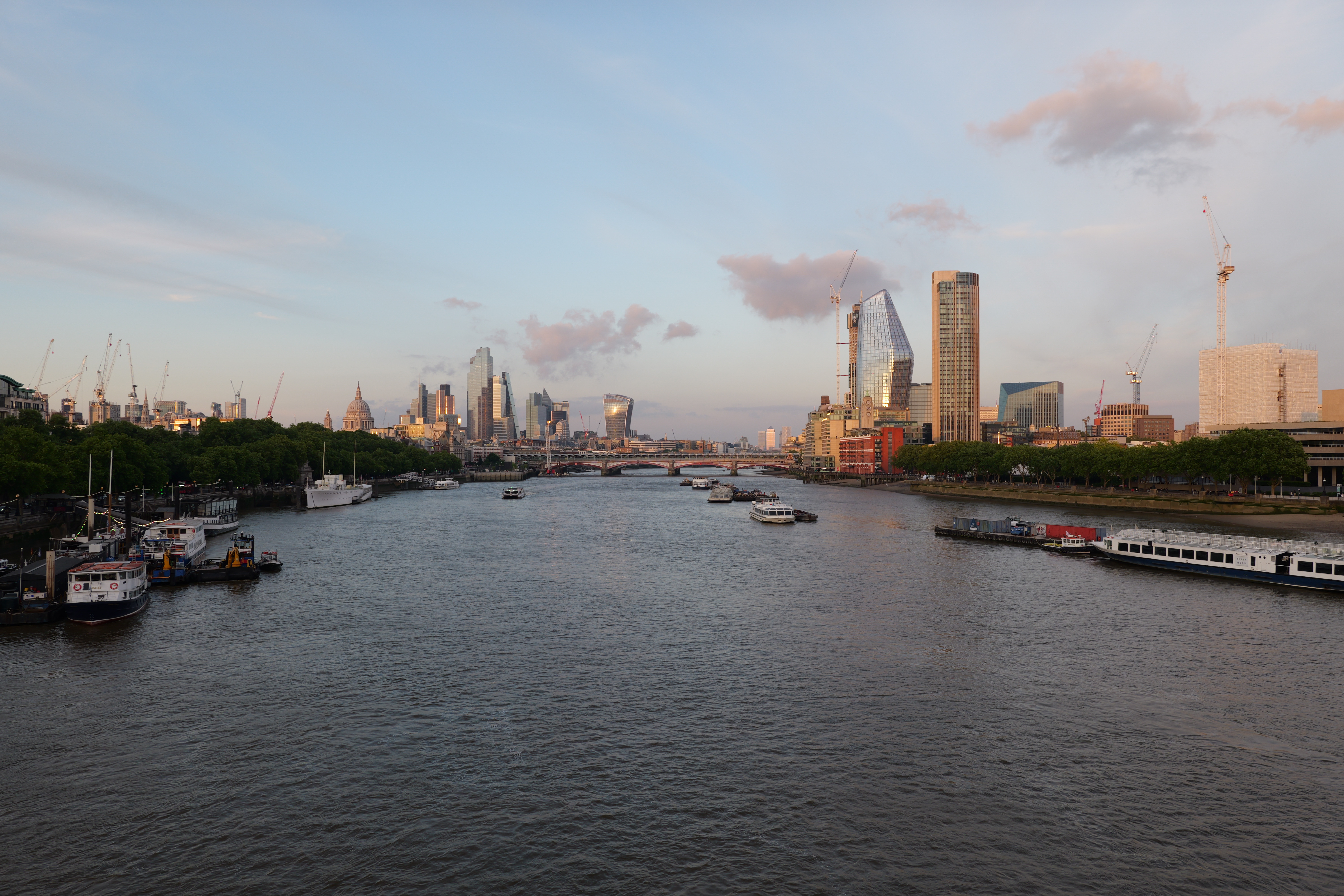
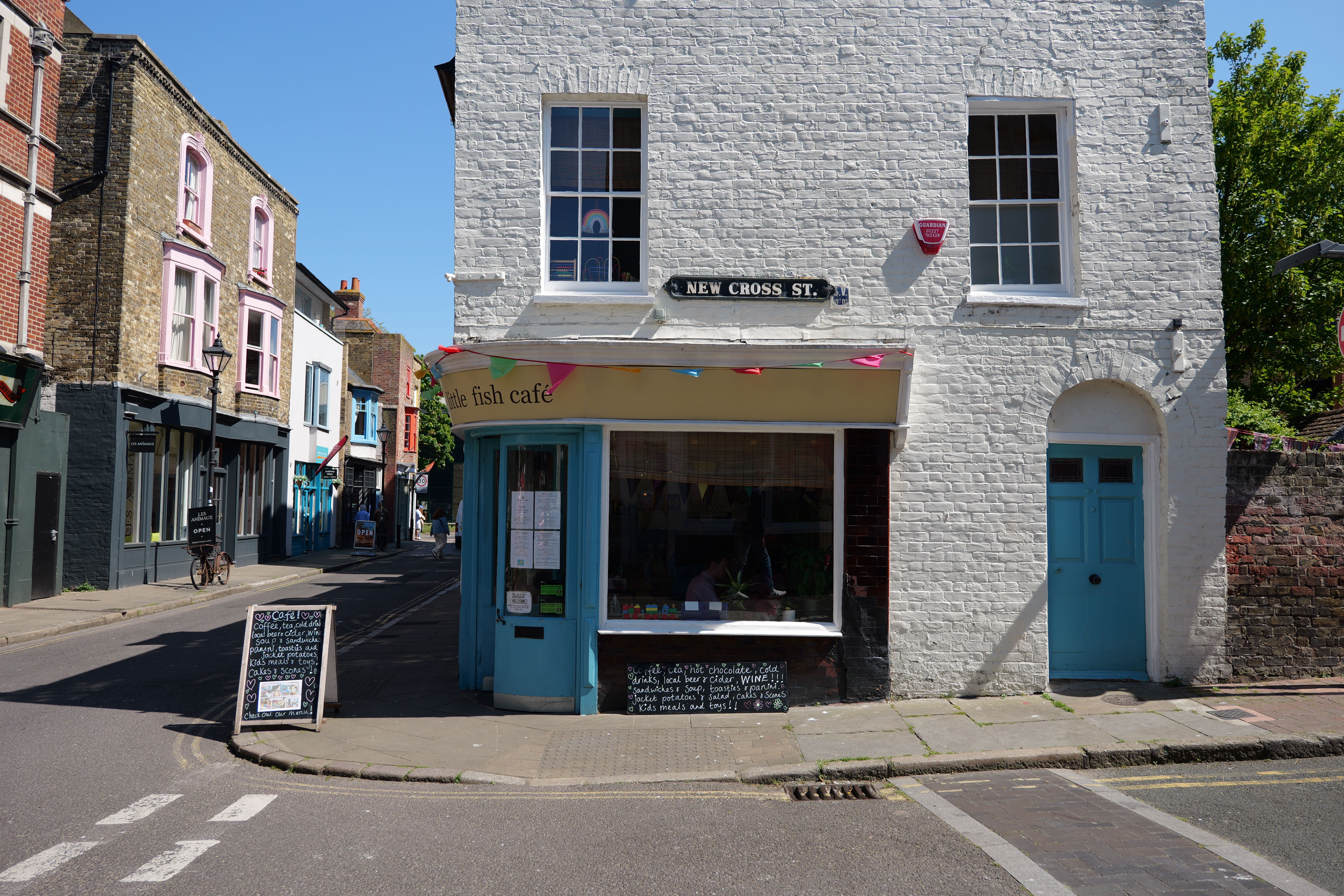
Thankfully though, the S1 II’s sheer burst speed means you get a lot of options to find that fleeting moment – and the fast readout of the half-stacked sensor meant I couldn’t see any jello-like effects on any of my subjects.
For pro sports photographers, 70fps will be music to your ears for those crucial moments, but for the majority of users, I think shooting at 70fps is just overkill. In testing, 70fps generated so many near-identical images that culling became such a chore. More realistically, I would choose a far slower fps – which thankfully the camera allows. We are regularly bamboozled by big numbers with new gear, but this is a big case of asking yourself if you would ever actually use this burst speed.

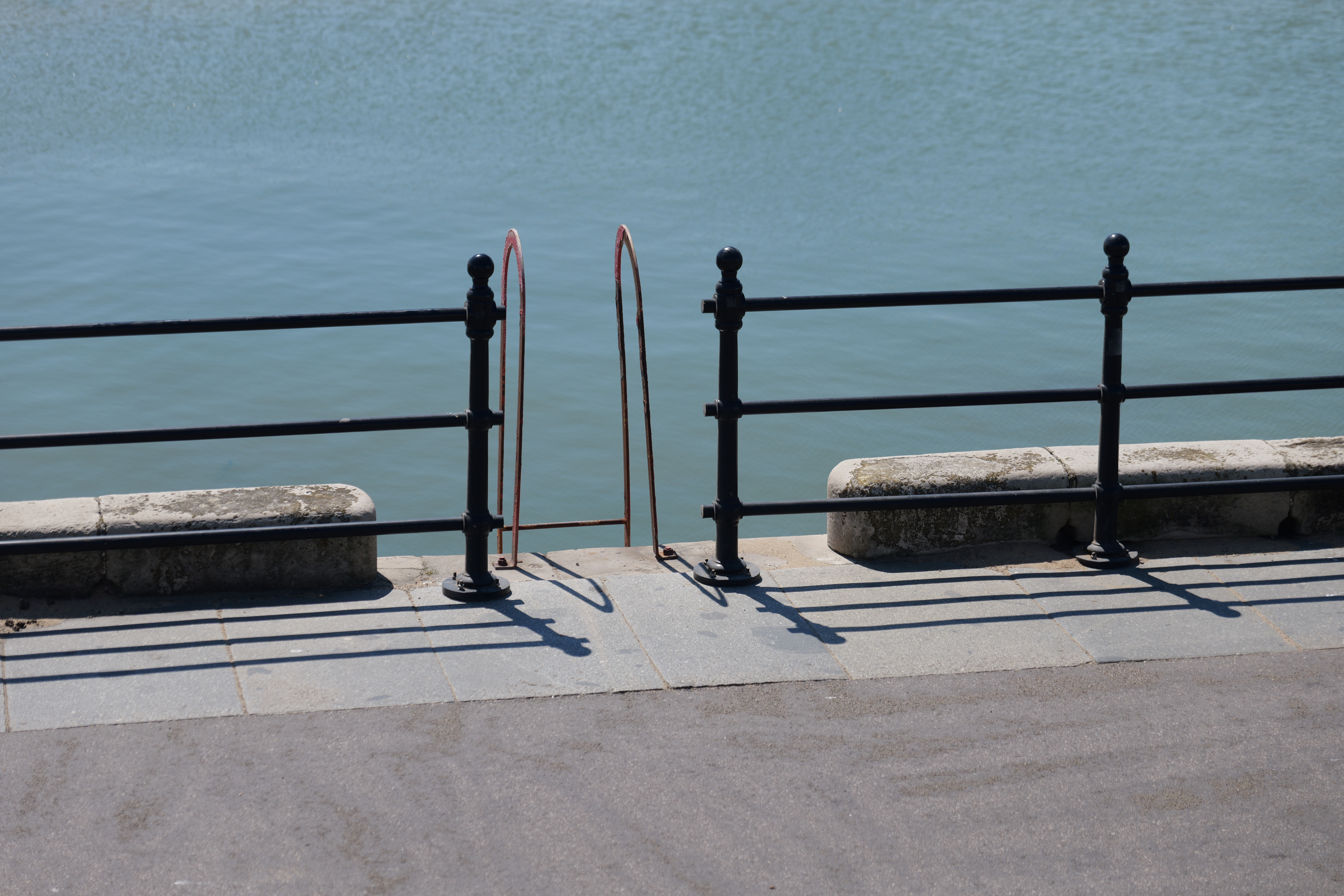
Stills from the S1 II are excellent. Panasonic is still claiming 14 stops of dynamic range despite the move to a half-stacked sensor, which in theory should restrain dynamic range, but there weren’t really any negative effects I could see while pushing my photos to the limits in bright sunlight. In our lab tests (see below), our lab manager, Ben, also found that the dynamic range outperformed its non-stacked Canon and Sony rivals.
Details from the 24MP sensor are sharp, and ISO performance was fantastic, with clean images all the way up to ISO6400, where fine noise starts to appear, but doesn’t really become any sort of issue until after 12,800.
The moderate resolution can’t quite offer the same resolving power as its S1 IIR brother – although there is a 96MP High Resolution multi-shot mode if you need to capture a static scene with huge detail. I found this works exceptionally well, even handheld, thanks to Panasonic’s outstanding IBIS, although you do need a very static subject – but for subjects like products and food, this is invaluable.
Colors are pleasing, with Lumix’s usual accurate and neutral color science – which is great as a baseline for editing. If you want some more unique colors for your JPEGs, then the S1 II offers both a selection of pre-made Photo Styles, including my personal favorite, Leica Monochrome. Or, you can add custom LUTs to the camera, with lots available in the Lumix companion app to get you started.
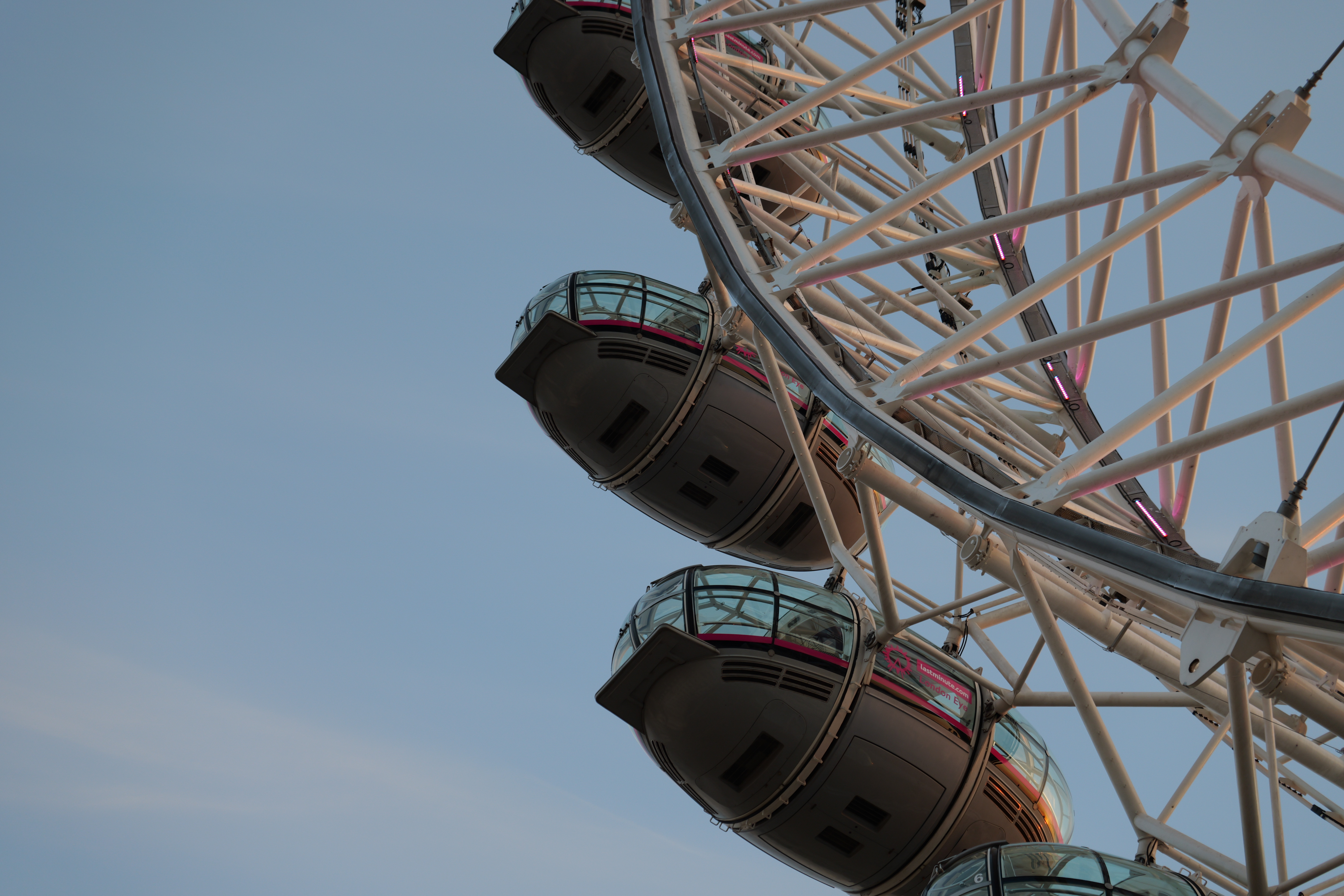
Lumix S1 II: Sample Images
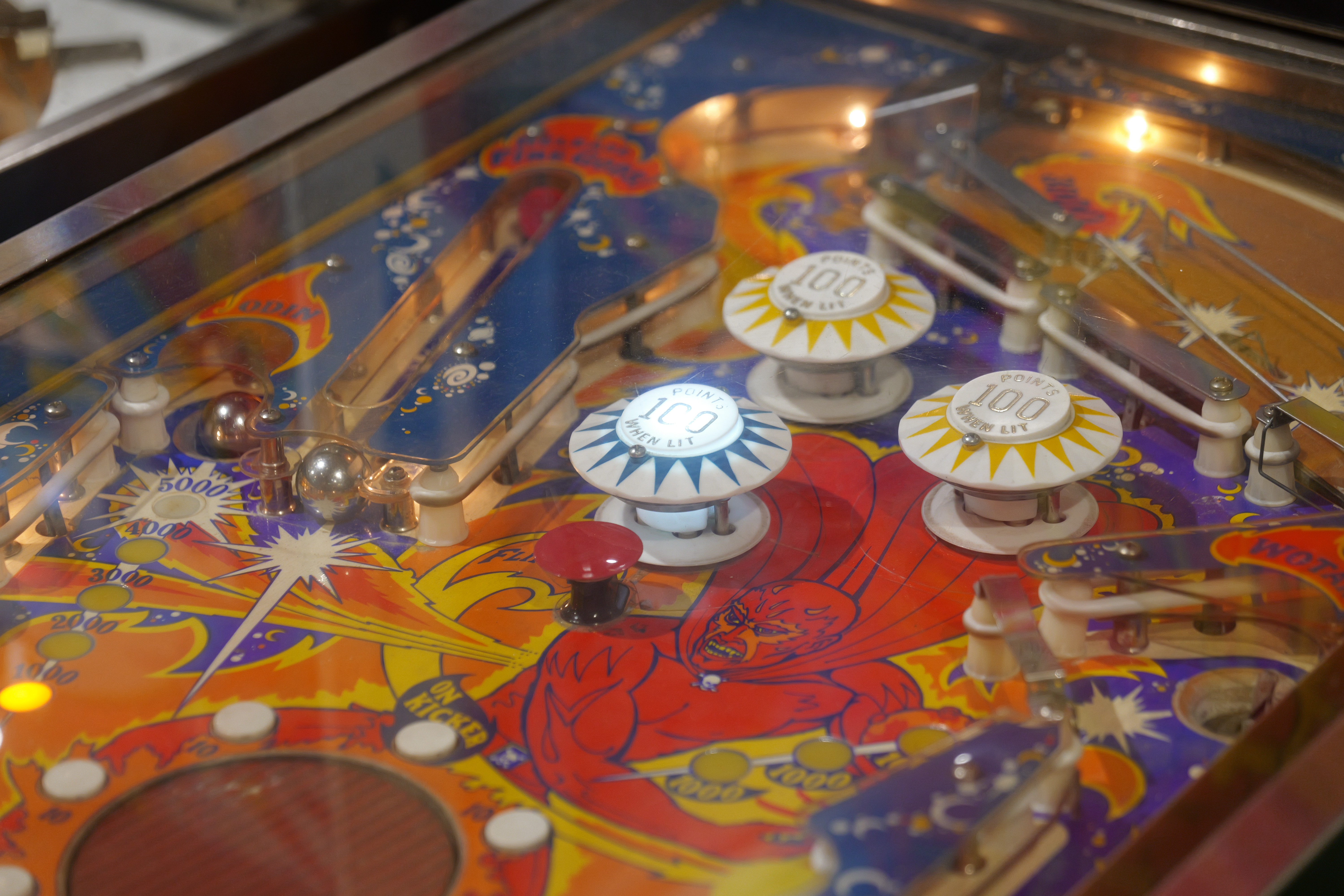
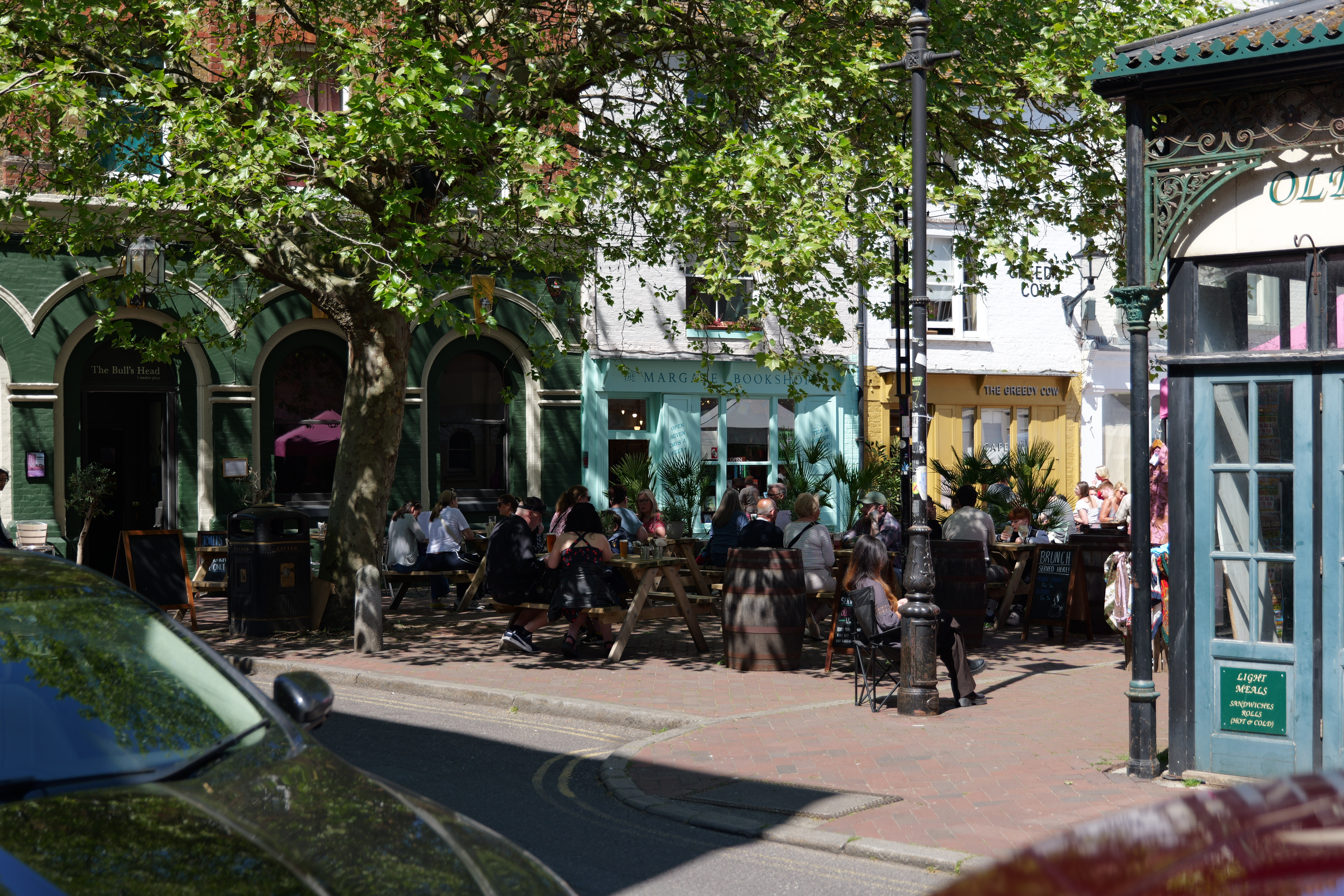
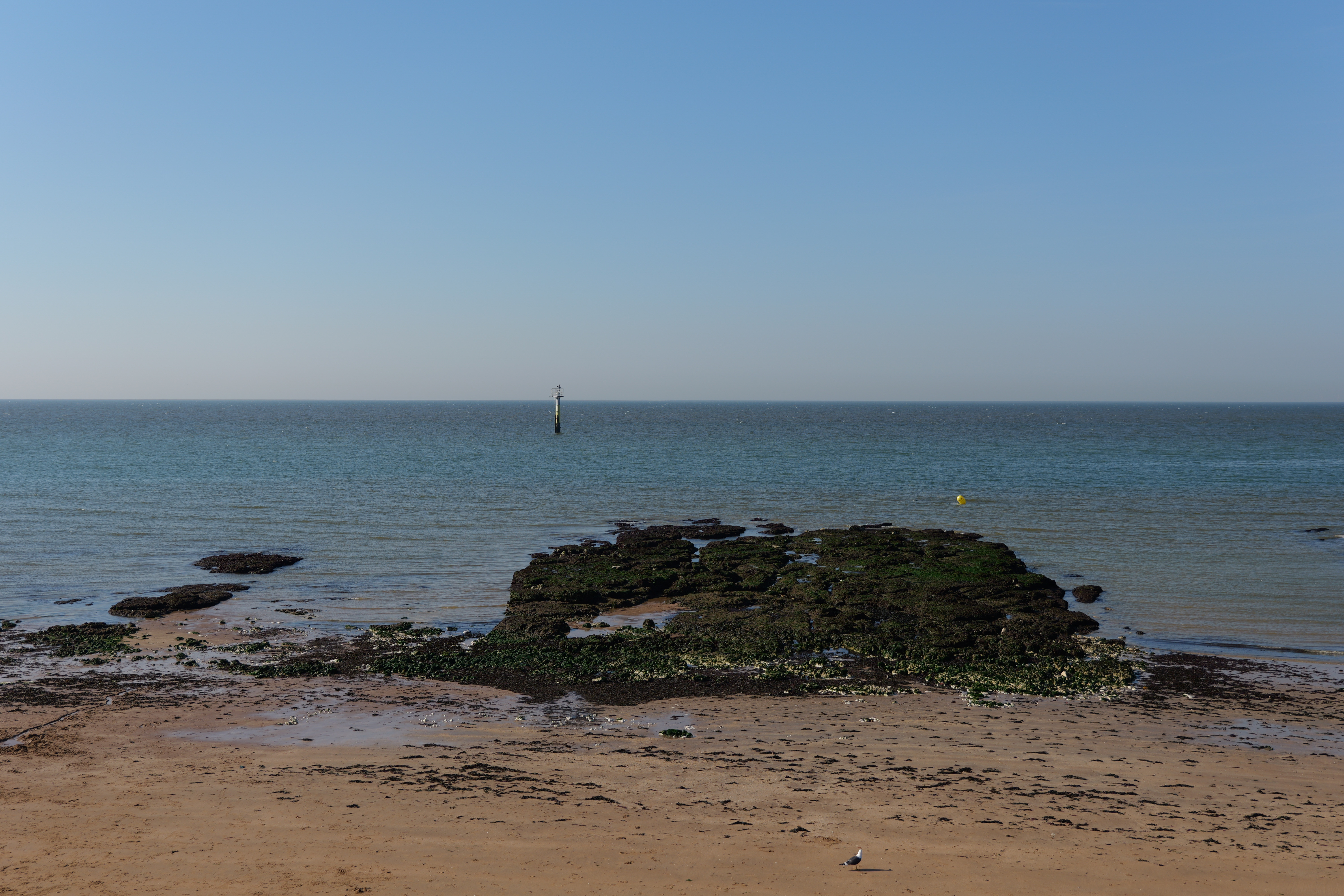
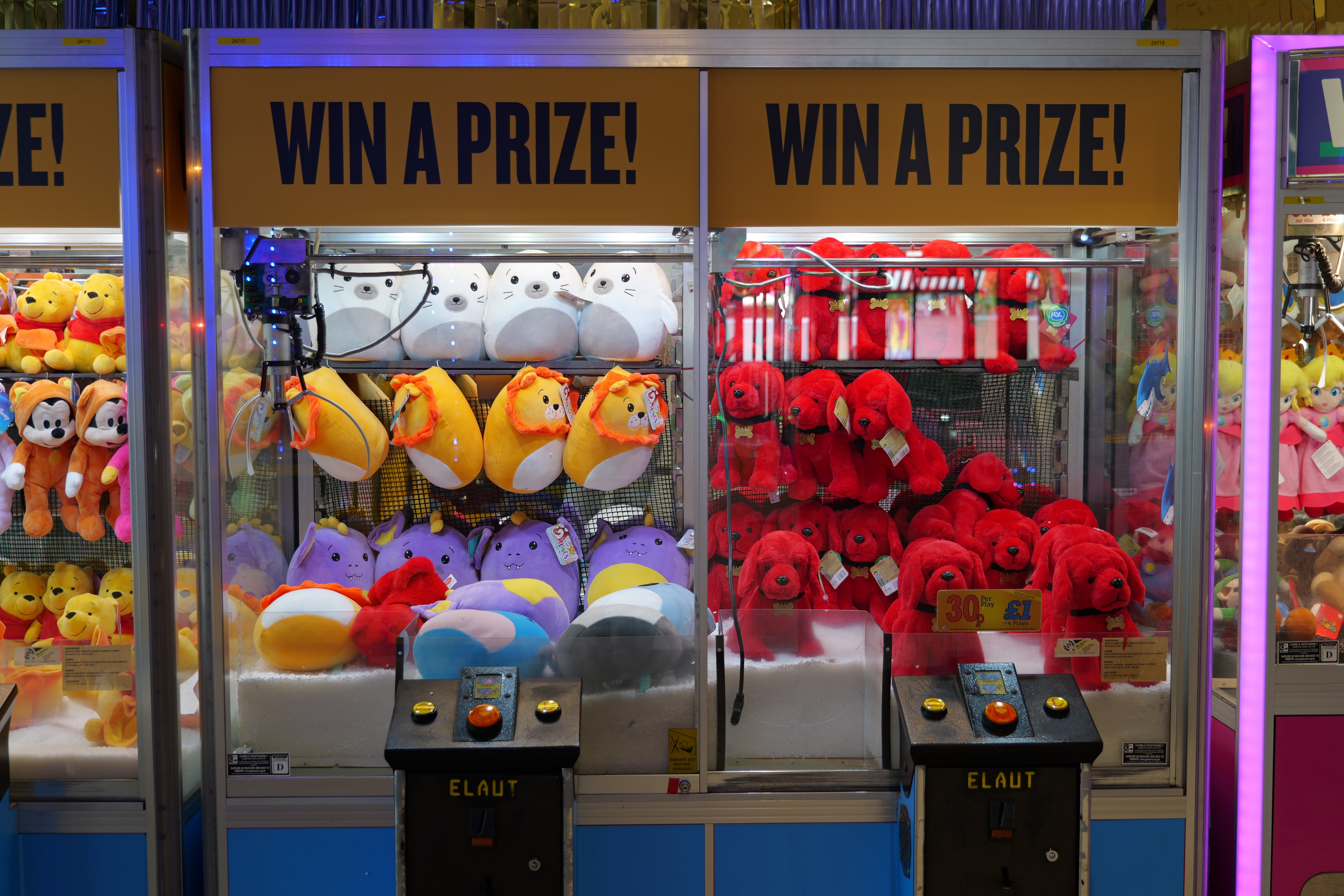

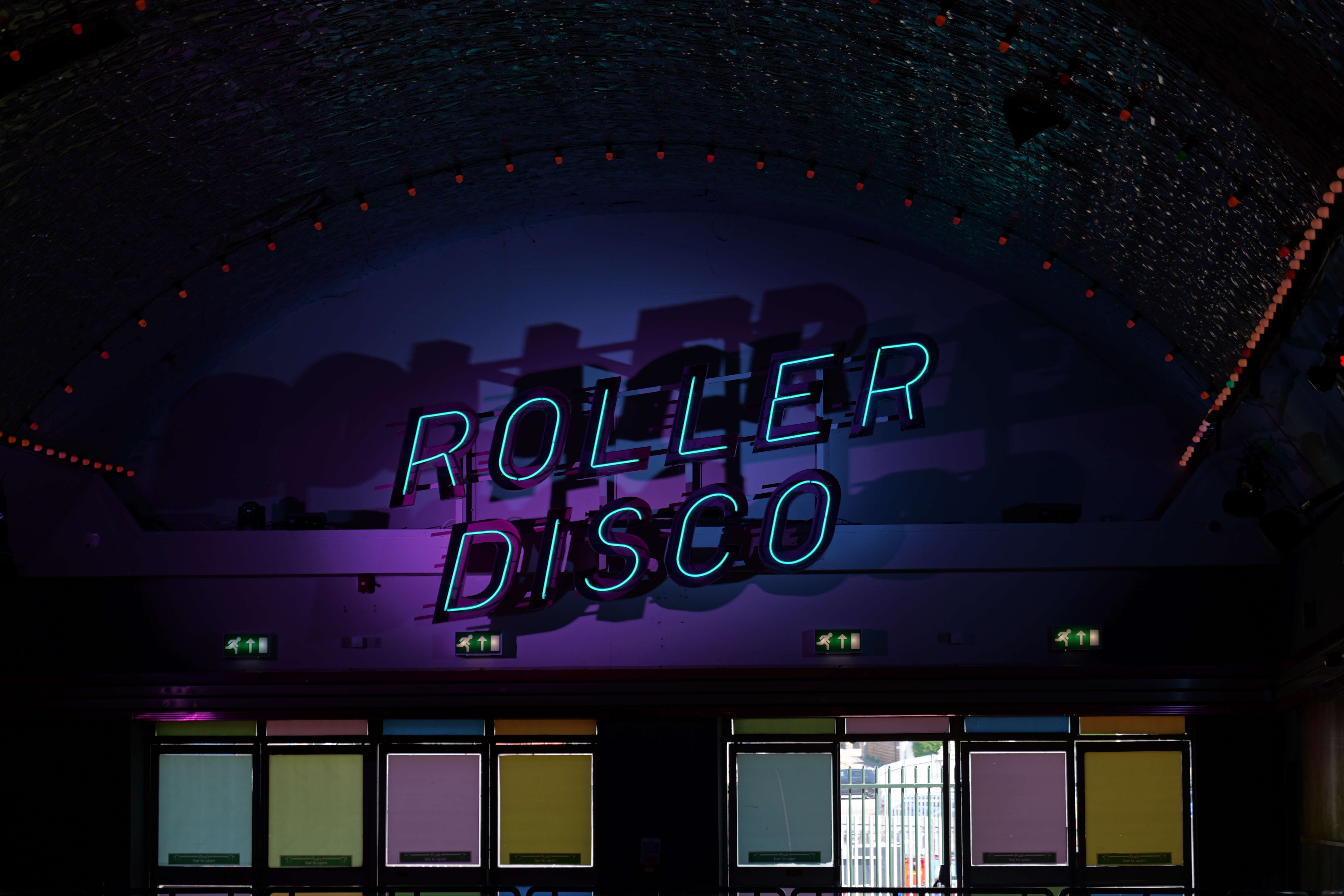
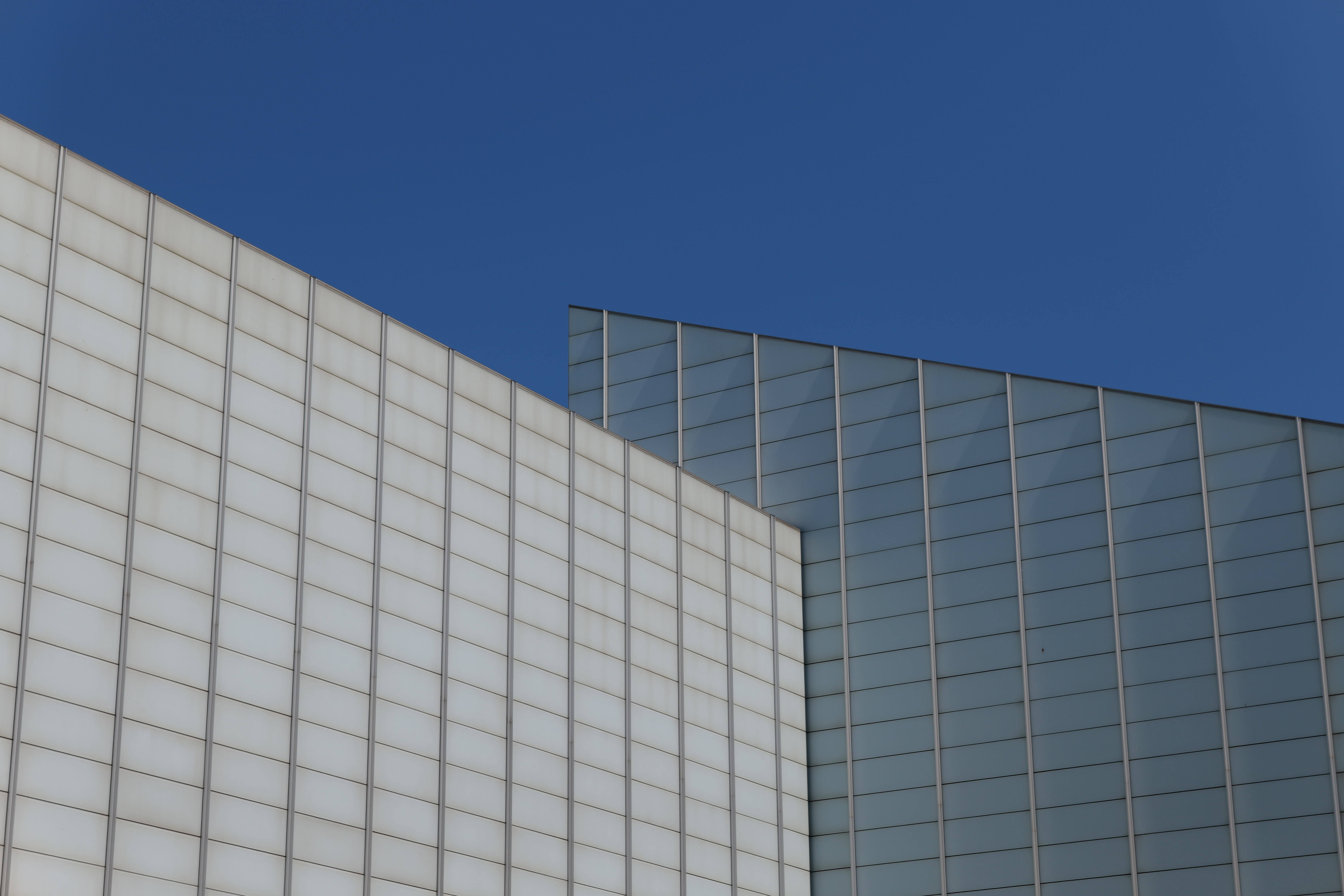


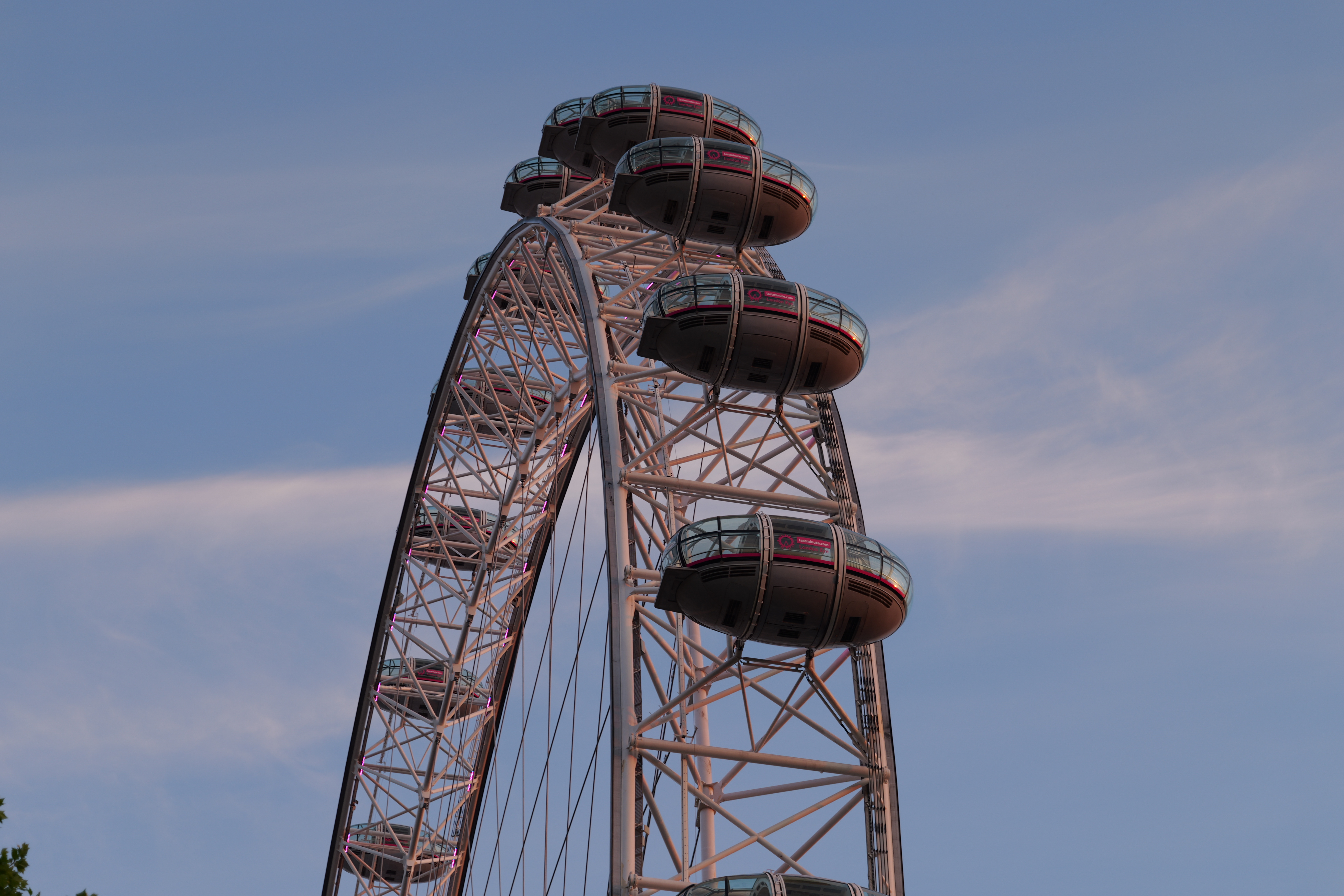


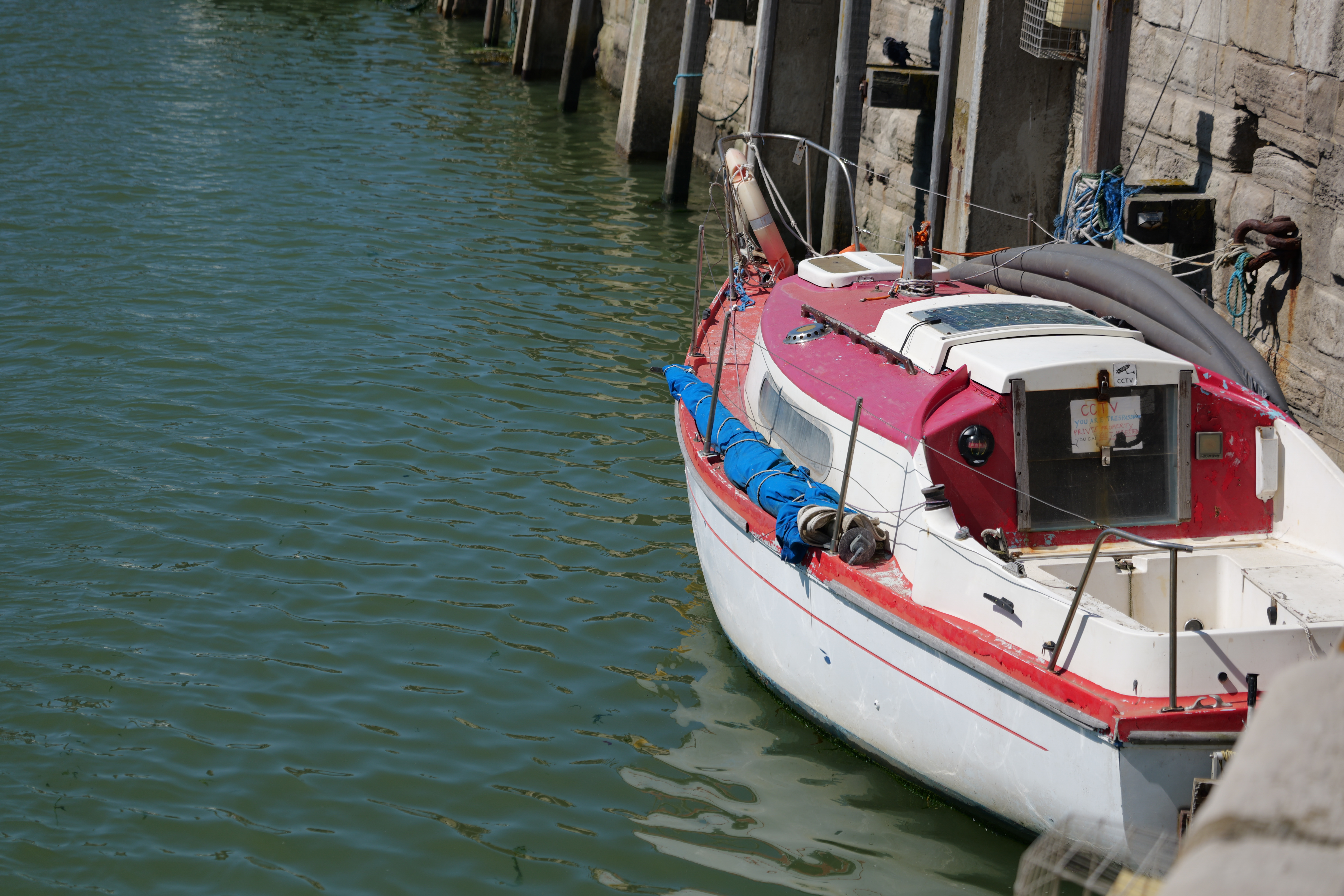
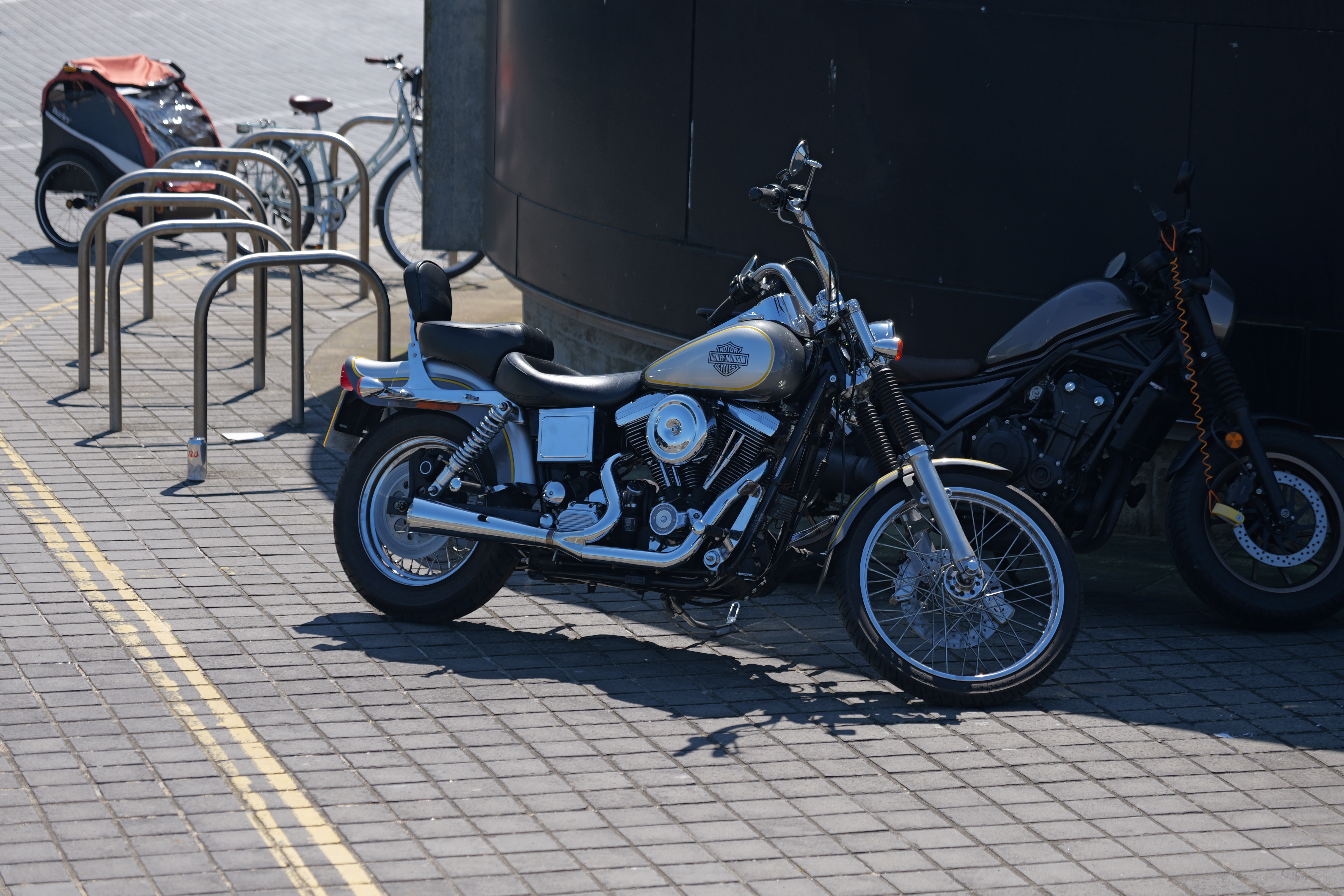
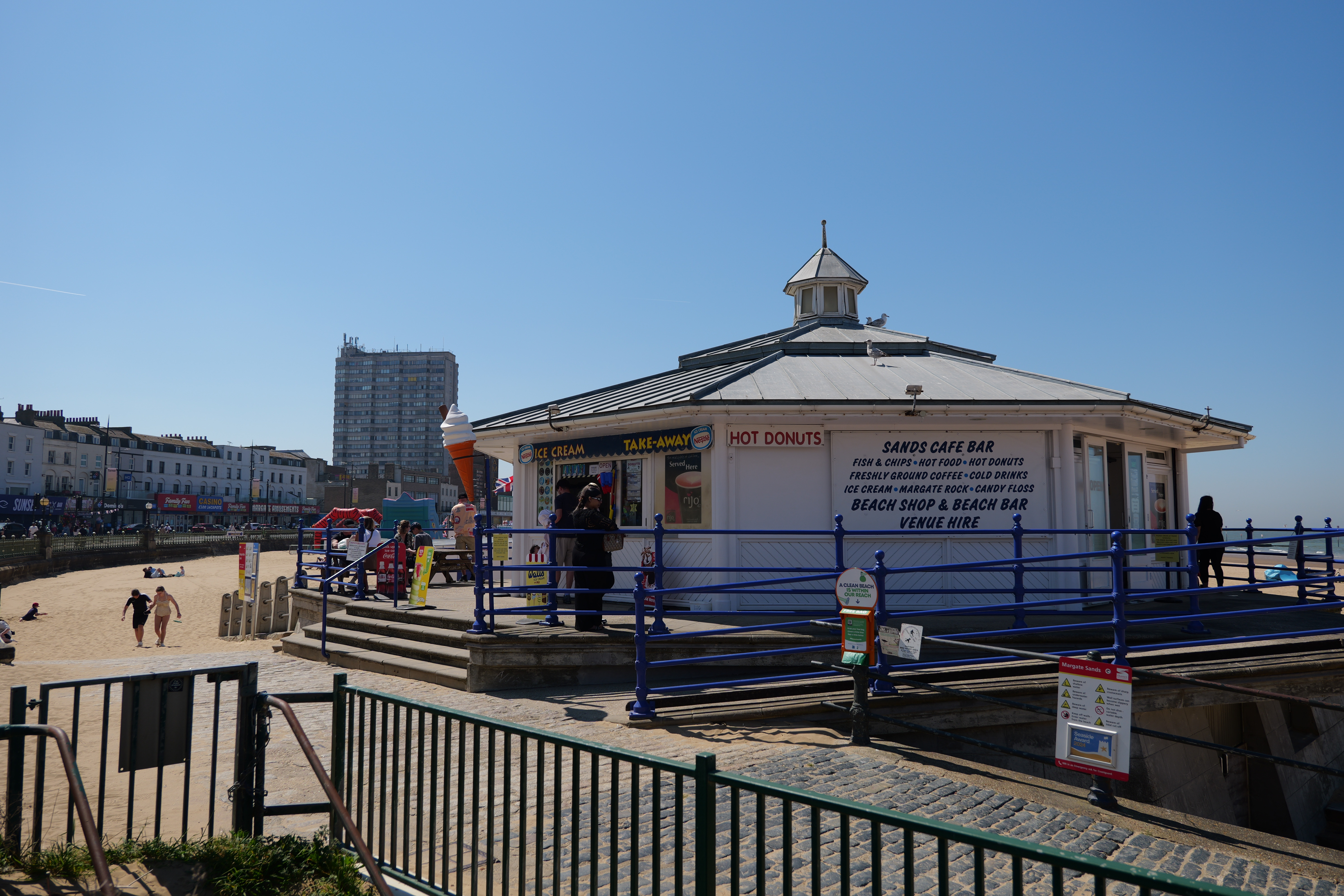


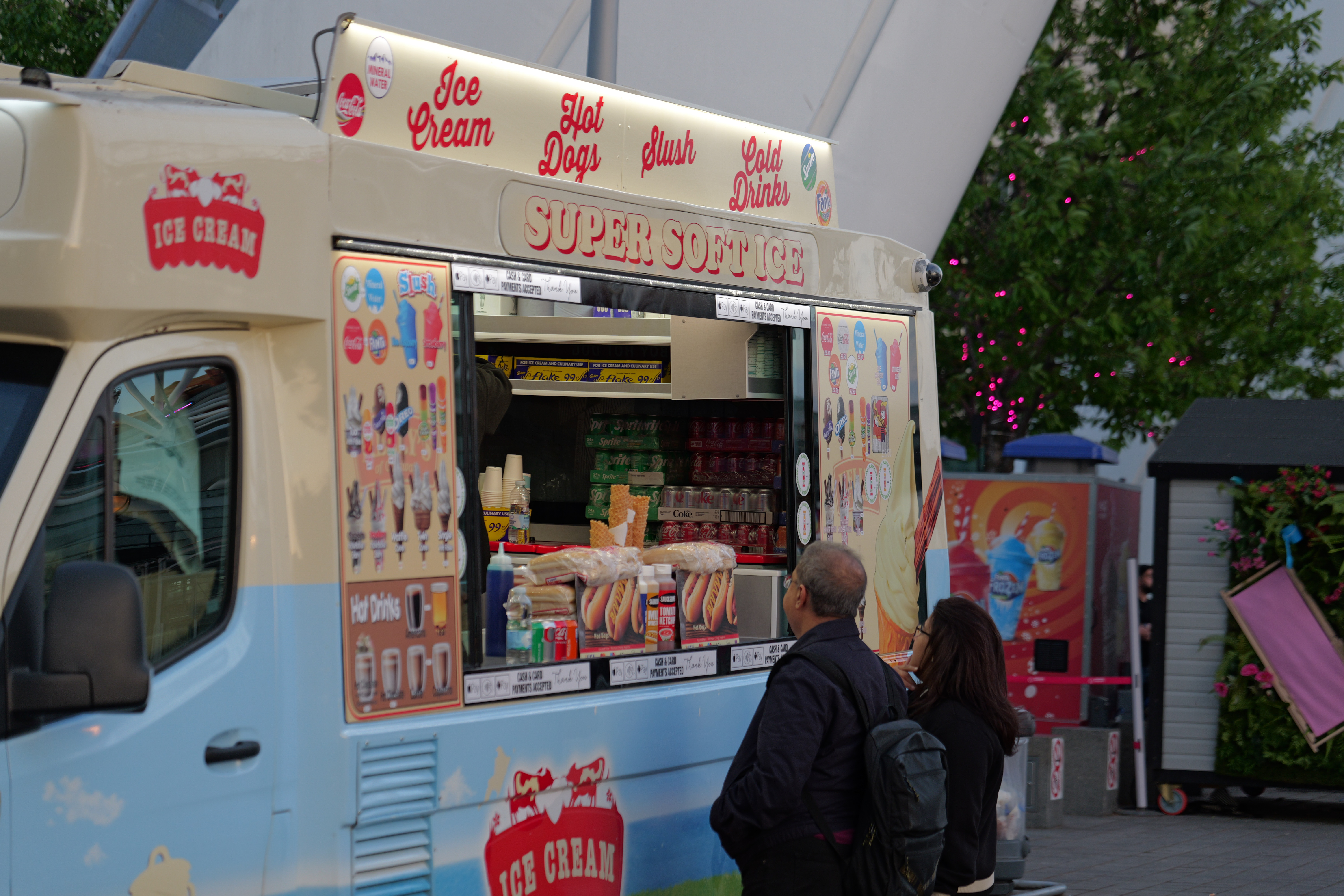

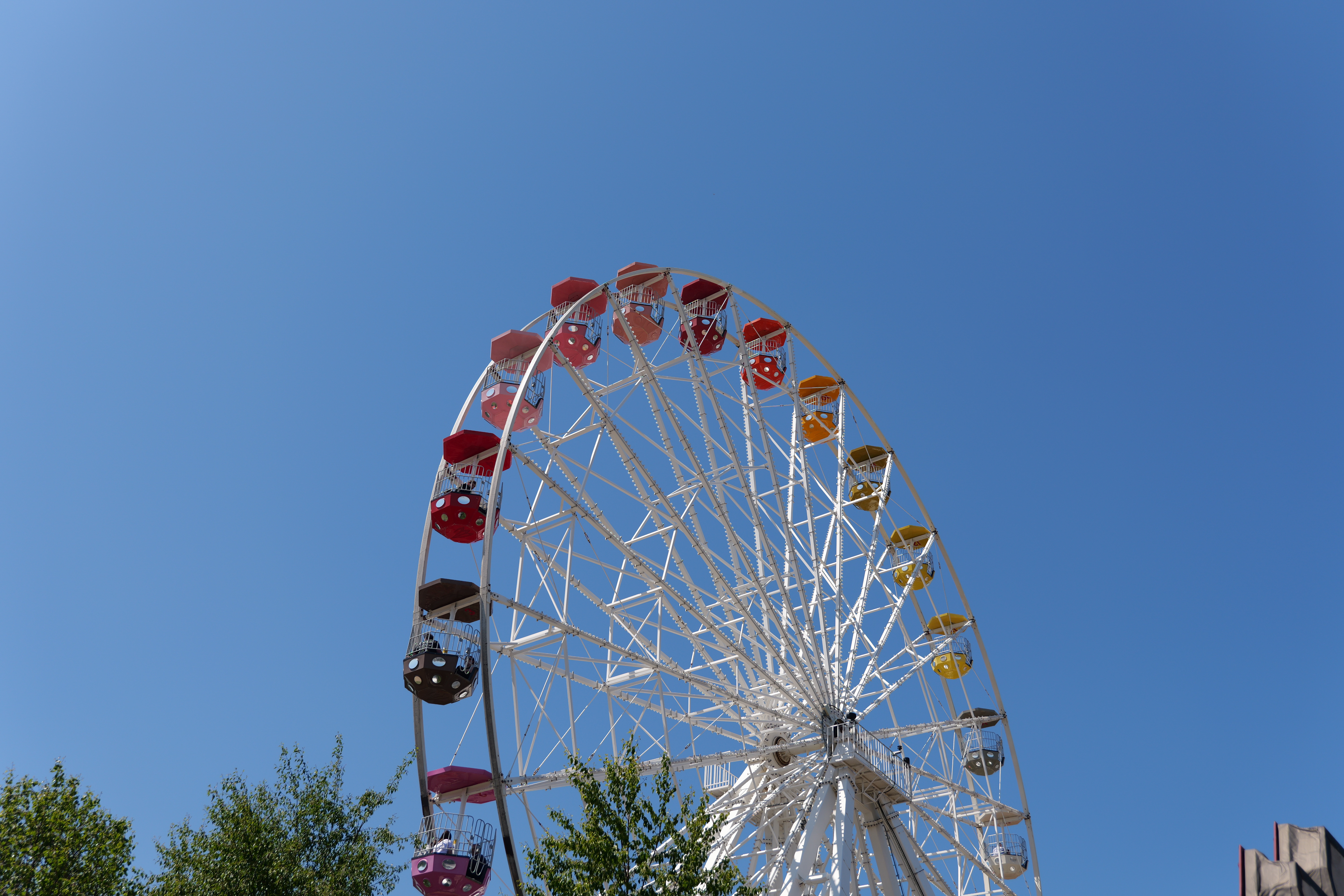
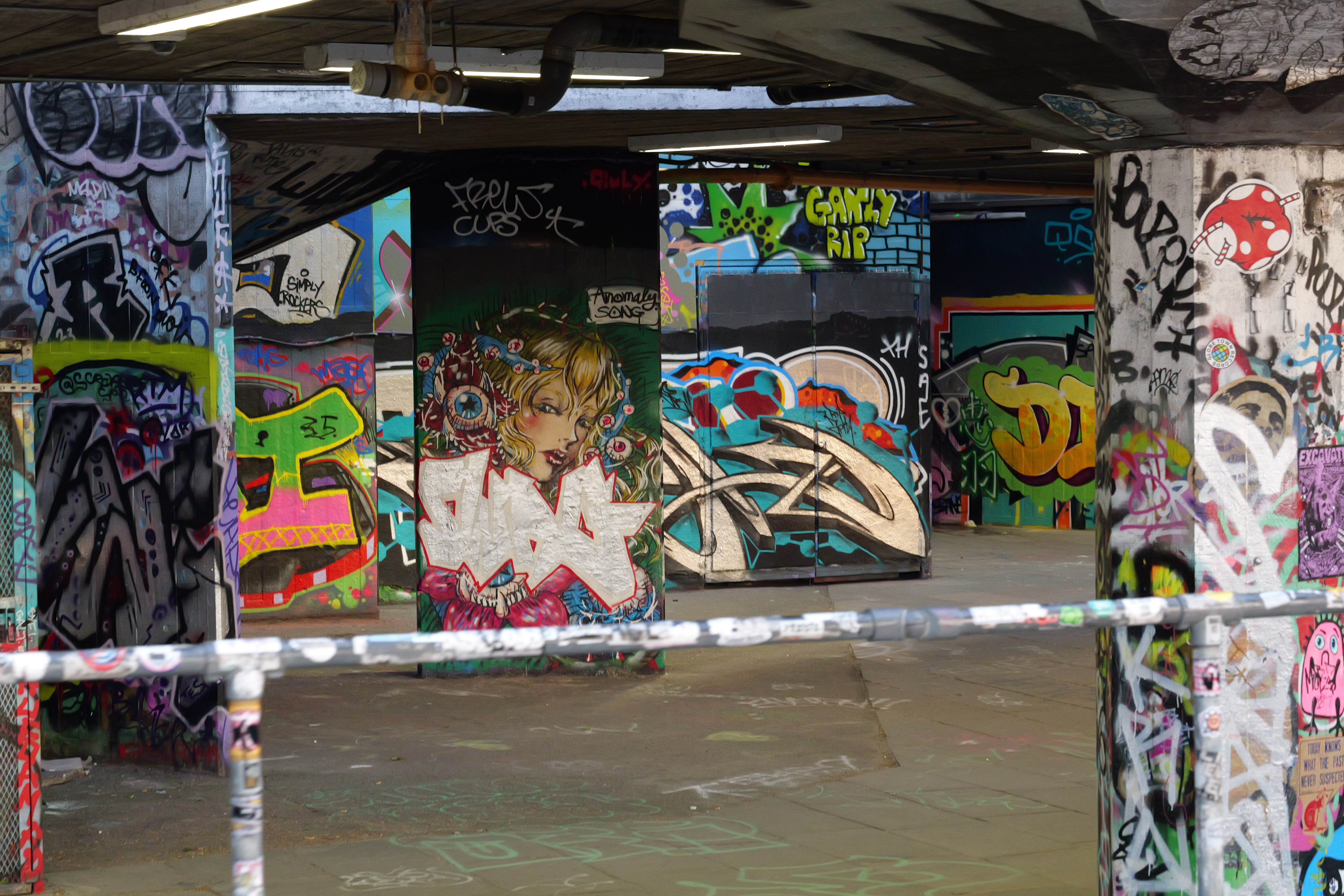
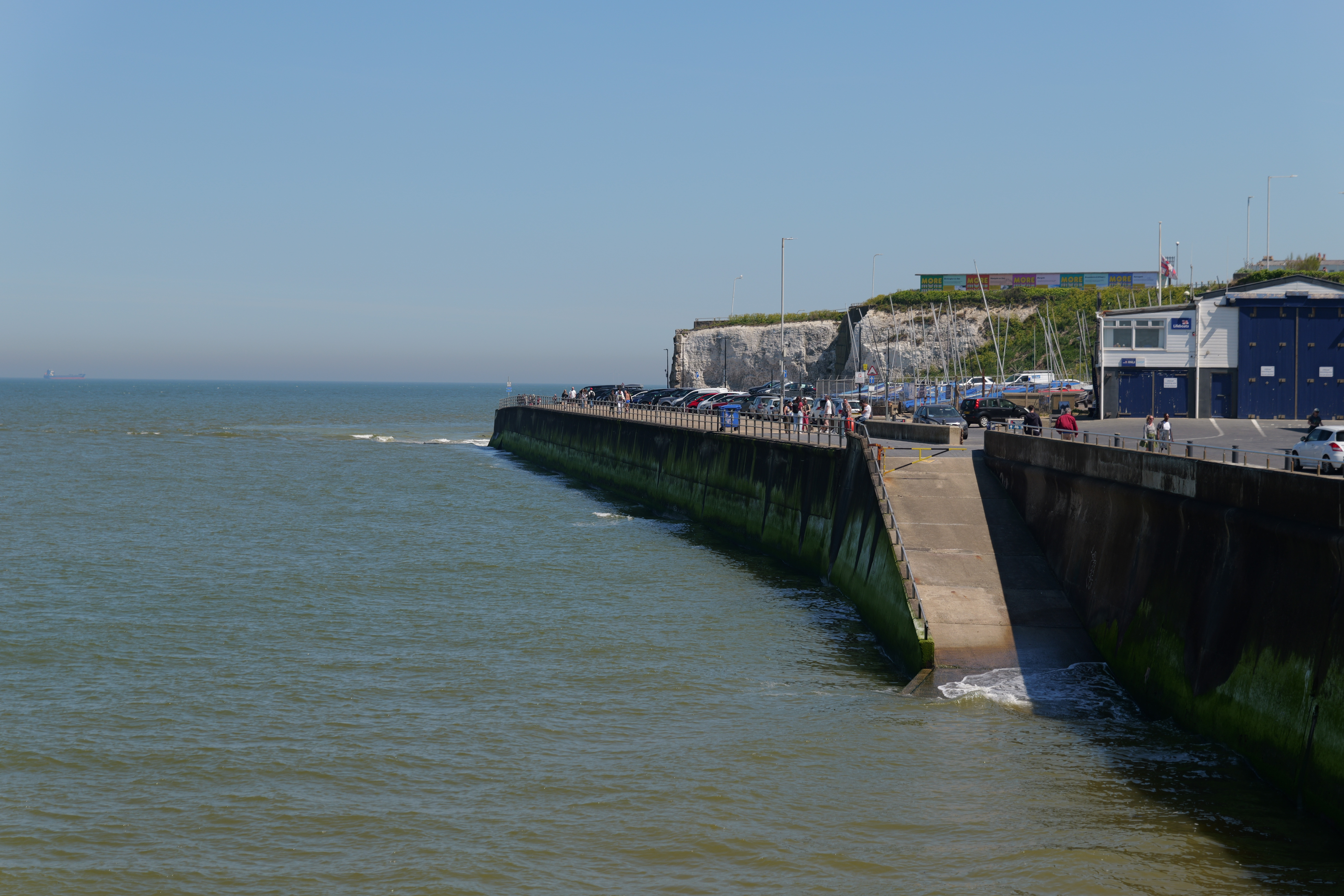
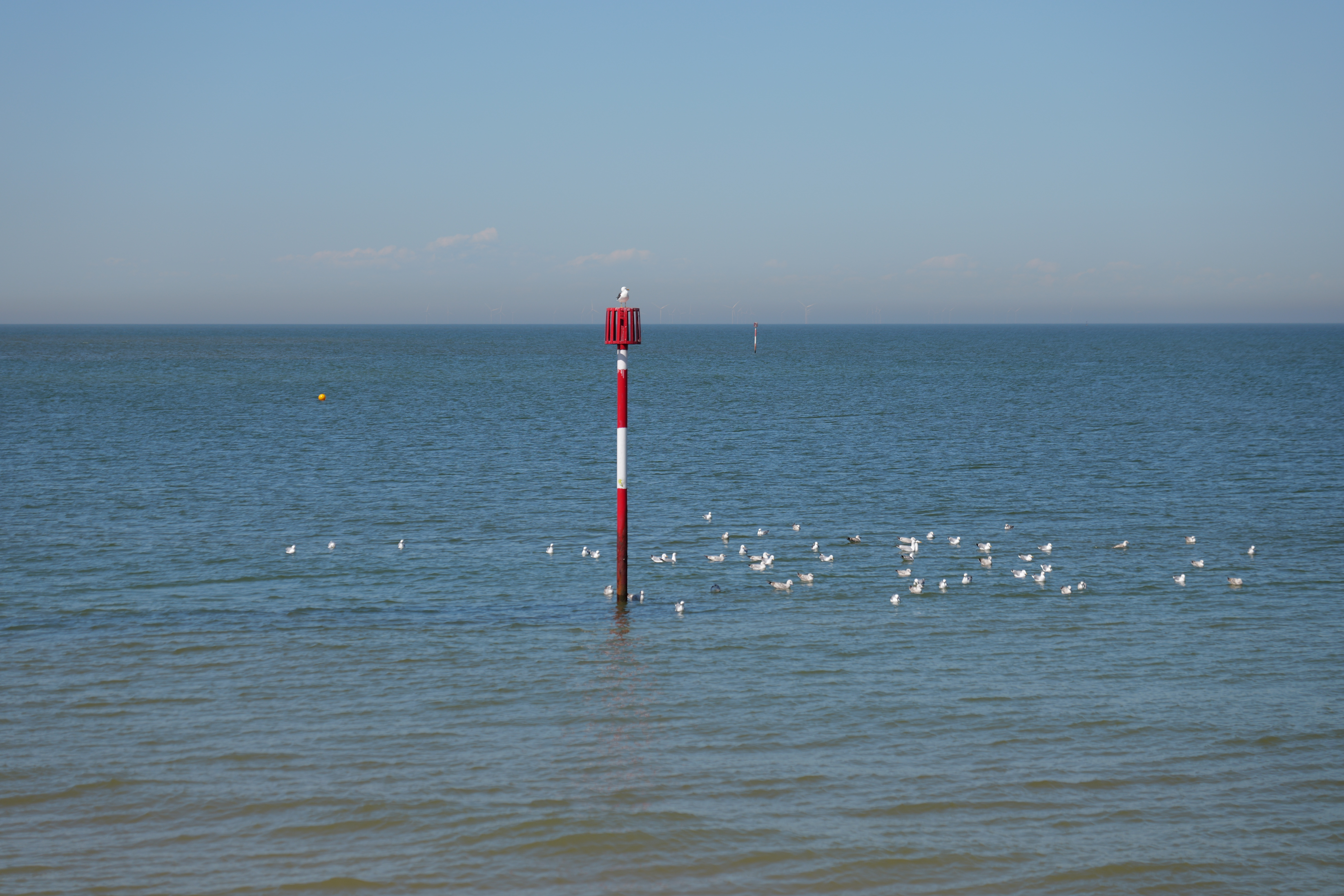

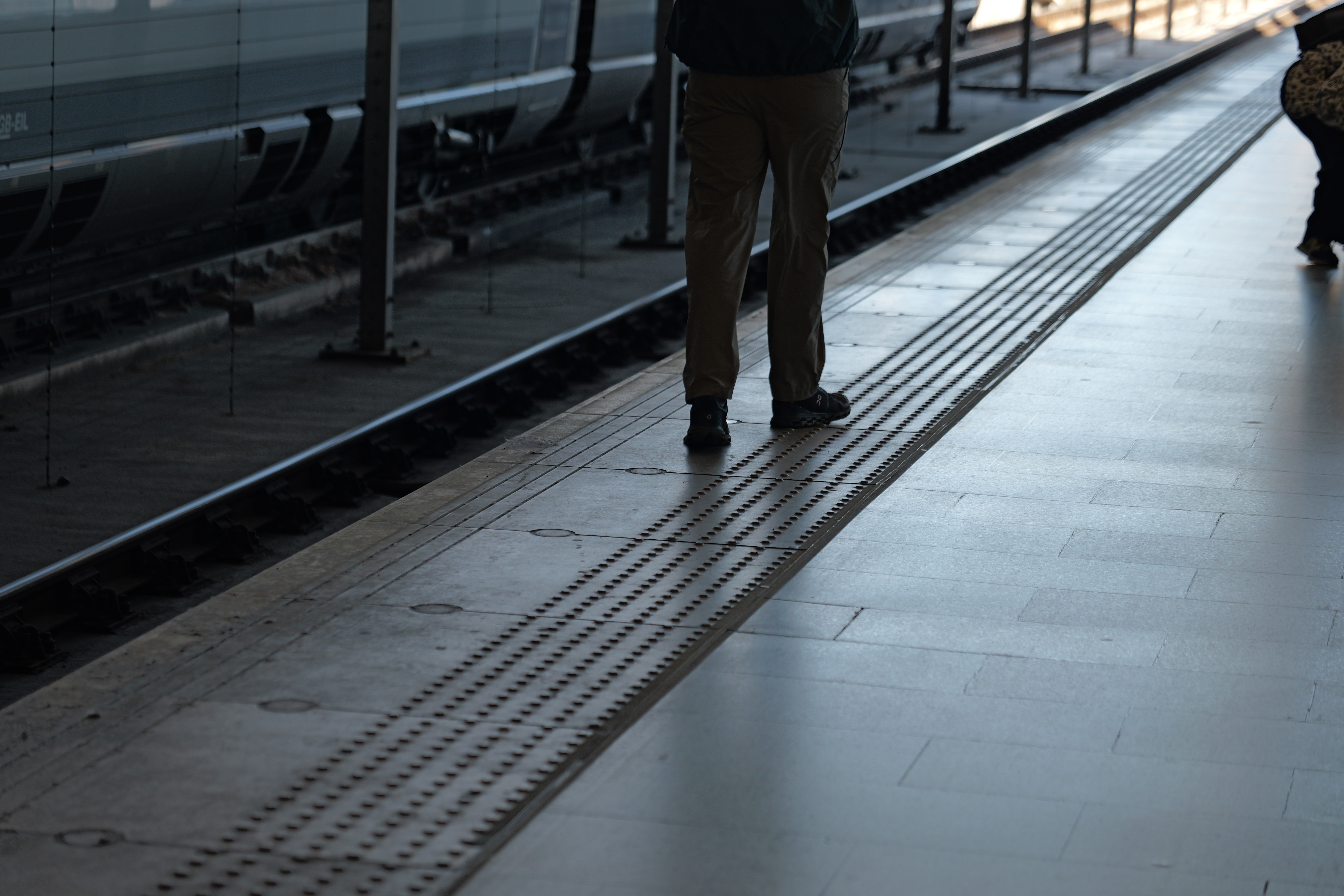
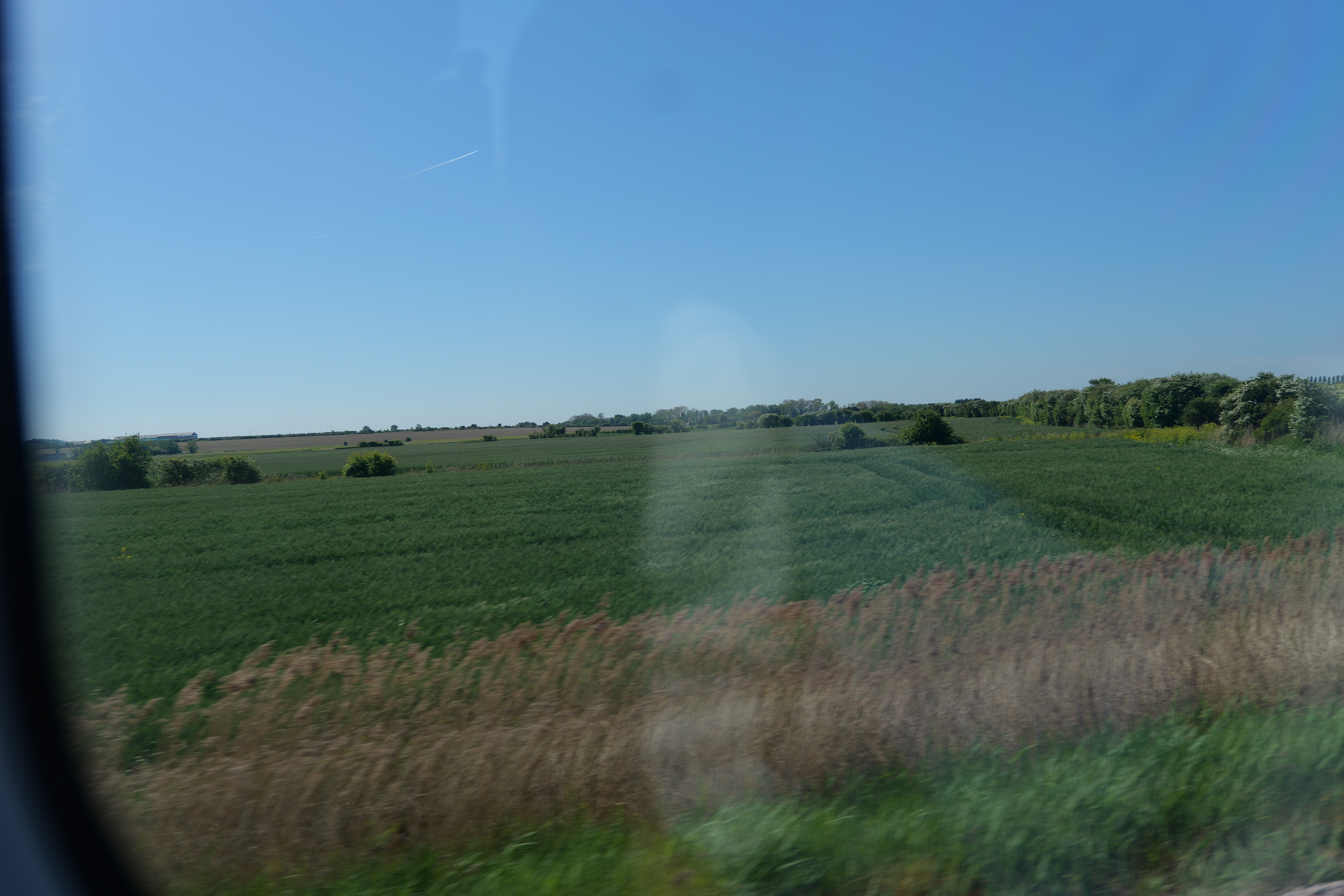

Lumix S1 II: Video Performance
Lumix cameras continue to stand out as some of the best hybrid video cameras around – and the Lumix S1 II is no exception. With its oversampled 4K and 6K capabilities, the camera produces some of the best 4K footage I’ve seen from a hybrid camera. Recording in 4K 60p (which is taken from a full sensor readout downsampled from 6K), the footage is exceptionally crisp, although I shot mostly in 5.1K 60p for a little more room to crop and pan with my final footage.
Panasonic is also continuing to push open gate with the S1 II offering a top spec 6K30p video in 3:2 (full sensor readout) open gate. What is open gate, and why do you need it? If, like me, you film a lot of content in both vertical and landscape for different platforms, then a 3:2 ratio gives you more space to play with for cropping into different aspect ratios later, rather than filming the same shots multiple times, or missing one-time-only events.
The S1 II can shoot at 4K 120p, but it uses a smaller APS-C crop, which means your lens' focal length is 1.24x greater than normal, which is something to bear in mind. But in this mode, image quality held up decently, and when flicking between full resolution and cropped footage, there was no noticeable change. Rolling shutter performance is excellent in both the full sensor resolution and cropped modes, likely thanks to the new half-stacked sensor. Try as I might, I couldn’t see any effects on my fast-moving subjects, unless I whipped the camera around faster than would ever be normal to do.
Colors in video are very neutral and accurate, although video can be captured using Panasonic’s built-in LUTs feature for some bespoke color baked right into the file. Or if you are happy to dig into post-production editing later, you can also use Panasonic’s V-Log, which offers 14+ stops of dynamic range. Or you can get 15+ stops using Dynamic Range Boost for maximum latitude in your files – although this does make the readout of the sensor slower.
Also at your disposal is Panasonic’s litany of codecs and bitrates. The S1 II can record internally up to 10-bit 4:2:2. If you need even more, you can output RAW to an Atomos (for ProRes RAW) or record ProRes 422 HQ to an external SSD.
Finally, I want to praise Panasonic’s in-body image stabilization. The 8-stop IBIS in the Lumix S1 II, I think, is the best around (although my colleague James will swear by OM’s IBIS). For stills, I was easily getting super slow shutter speeds in low light, even with the mediocre f/4 aperture of my lens. And for video, the IBIS is gimbal-like for movement. Even at the 105mm full-stretch of my lens, I could walk (albeit carefully) and film with the IBIS compensating for my movement – and without any jello-like effects like so many other IS systems. For heavier movement, like running or filming from a moving car, you’re definitely still going to want a dedicated gimbal, but for everyday handheld filming, I’d leave my gimbal at home.
Lumix S1 II: Lab data
For our lab data comparison we compared the Lumix S1 II to its three direct full-frame rivals: the Canon EOS R6 Mark II, Nikon Z6 III, and Sony A7 IV.
Resolution (line widths/picture height):

As you'd expect, the three ~24MP cameras resolve similar amounts of fine detail at lower sensitivities. However, as the ISOs increase, the S1 II's images are more detailed than equivalent shots from the Canon and Nikon cameras, thanks to Panasonic's lower noise levels.
Dynamic range (EV):

Dynamic range is a measure of a camera's ability to record extreme brightness ranges and still retain detail in the brightest and darkest parts of the scene. It's measured in EV (exposure values, or 'stops').
The S1 II captures excellent dynamic range throughout our tested sensitivity range. It matches the previous class leader, the Nikon Z6 III, at lower sensitivities, and even manages to beat it at higher ISOs - an impressive performance.
Signal to noise ratio (decibels):

This test compares the amount of random noise generated by the camera at different ISO settings as a proportion of the actual image information (the 'signal'). Higher values are better and we expect to see the signal to ratio fall as the ISO is increased.
As with dynamic range, the S1 II beats its rivals for low image noise levels. Throughout our tested sensitivity range it consistently produces cleaner images than the competition.
Lumix S1 II: Verdict
Panasonic’s Lumix S1 II is probably Panasonic's best hybrid camera yet. Built for those who feel the need for speed – with the camera's upgrade to a half-stacked sensor providing breakneck 70fps burst speeds and super-fast readout speed, essentially banishing rolling shutter.
The 24MP sensor, while not the highest resolution, produces clean, sharp images with reliable color science and class-leading stabilisation. Autofocus is the most dependable yet, with improved algorithms and new modes for urban sports, only Sony and Canon remain fractionally quicker with erratic subjects. While 6K30p open gate (3:2) and 4K120p footage, plus unlimited recording, make this another dominant video option from Panasonic.
However, at $3,199 body-only, the S1 II sits above the other half-stacked sensor camera – the Nikon Z6 III – as well as non-stacked rivals like the EOS R6 II and Alpha A7 IV. If you won't make the most of every top spec this camera offers, you might be better off saving some money.
Features ★★★★★ | The S1 II packs a stacked 24 MP sensor, dependable phase-detect AF, 70 fps bursts and uncropped 6K/4K 120p recording |
Design ★★★★☆ | A rugged, weather-sealed shell with a deep grip and huge EVF feels superb in hand. Although it's not the best looking camera. |
Performance ★★★★☆ | Rapid burst rates, class-leading stabilisation and pleasing color. Sharp stills and some of the best hybrid video out there. Though AF tracking lags behind rivals by a whisker. |
Value ★★★★☆ | Priced at $3,199 body-only, there are many cheaper rivals, yet its unmatched hybrid feature set justifies the premium for shooters who truly exploit both stills and video. |
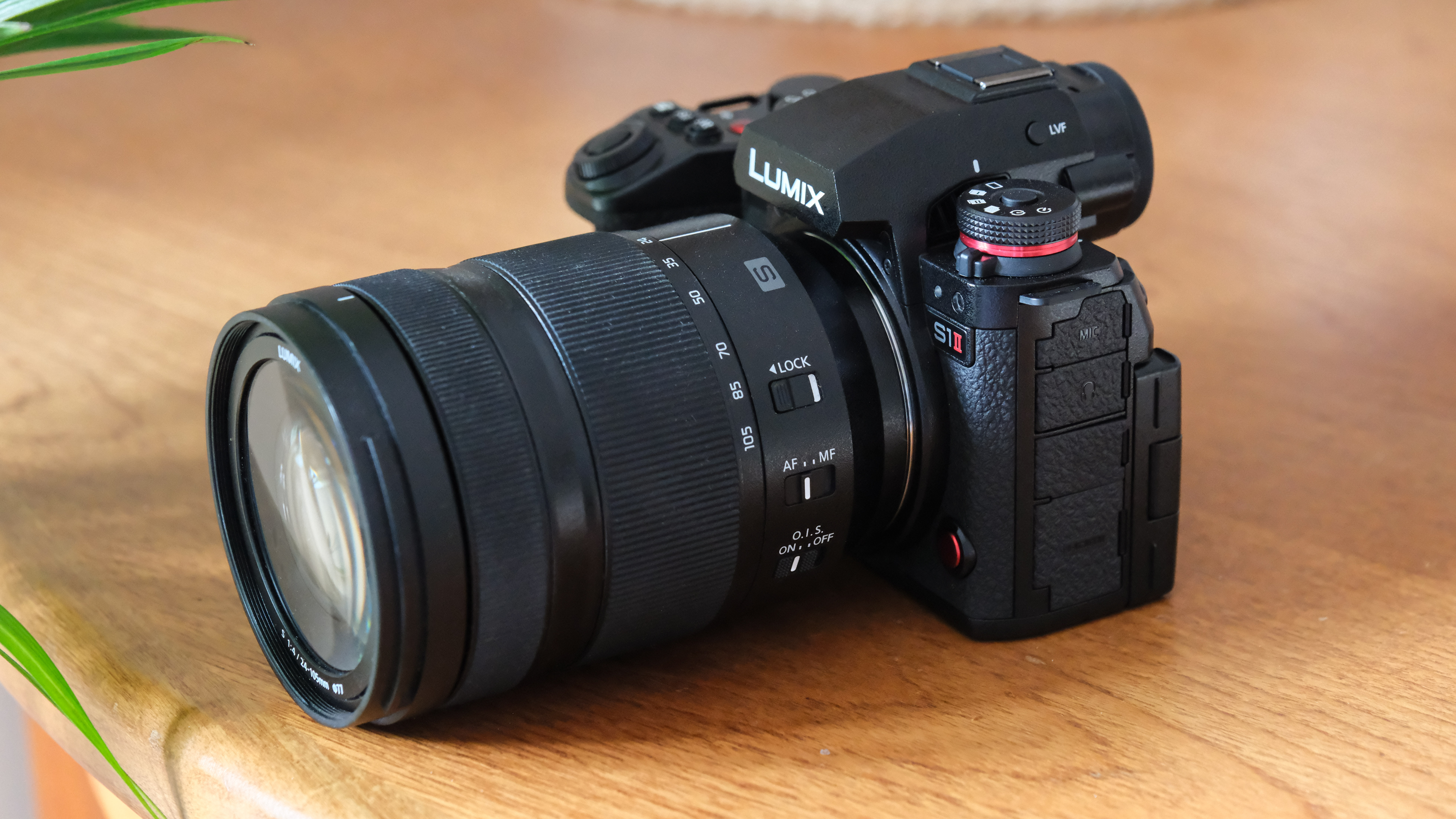
Alternatives
The Nikon Z6 III is the only other half-stacked sensor camera available at the time of writing. On stills, there is little to separate the two cameras, but the Nikon can't match the Lumix's video specs – however, it is several hundred dollars cheaper!
The Canon EOS R6 Mark II sensor isn't stacked, and it can't compete with the open gate or 6K video of the S1 II. But it does take amazing stills, and very good video for around two-thirds of the price.

Gareth is a photographer based in London, working as a freelance photographer and videographer for the past several years, having the privilege to shoot for some household names. With work focusing on fashion, portrait and lifestyle content creation, he has developed a range of skills covering everything from editorial shoots to social media videos. Outside of work, he has a personal passion for travel and nature photography, with a devotion to sustainability and environmental causes.
You must confirm your public display name before commenting
Please logout and then login again, you will then be prompted to enter your display name.
